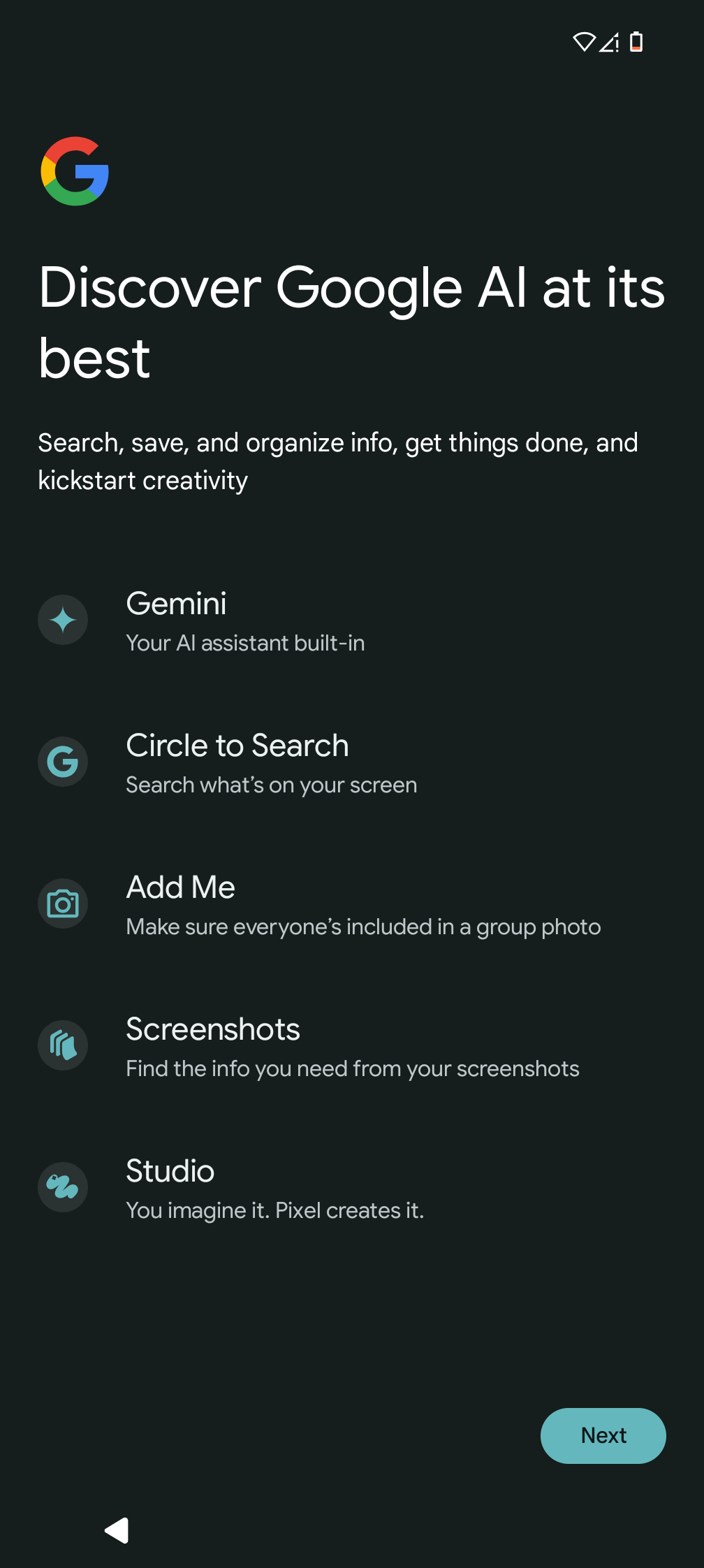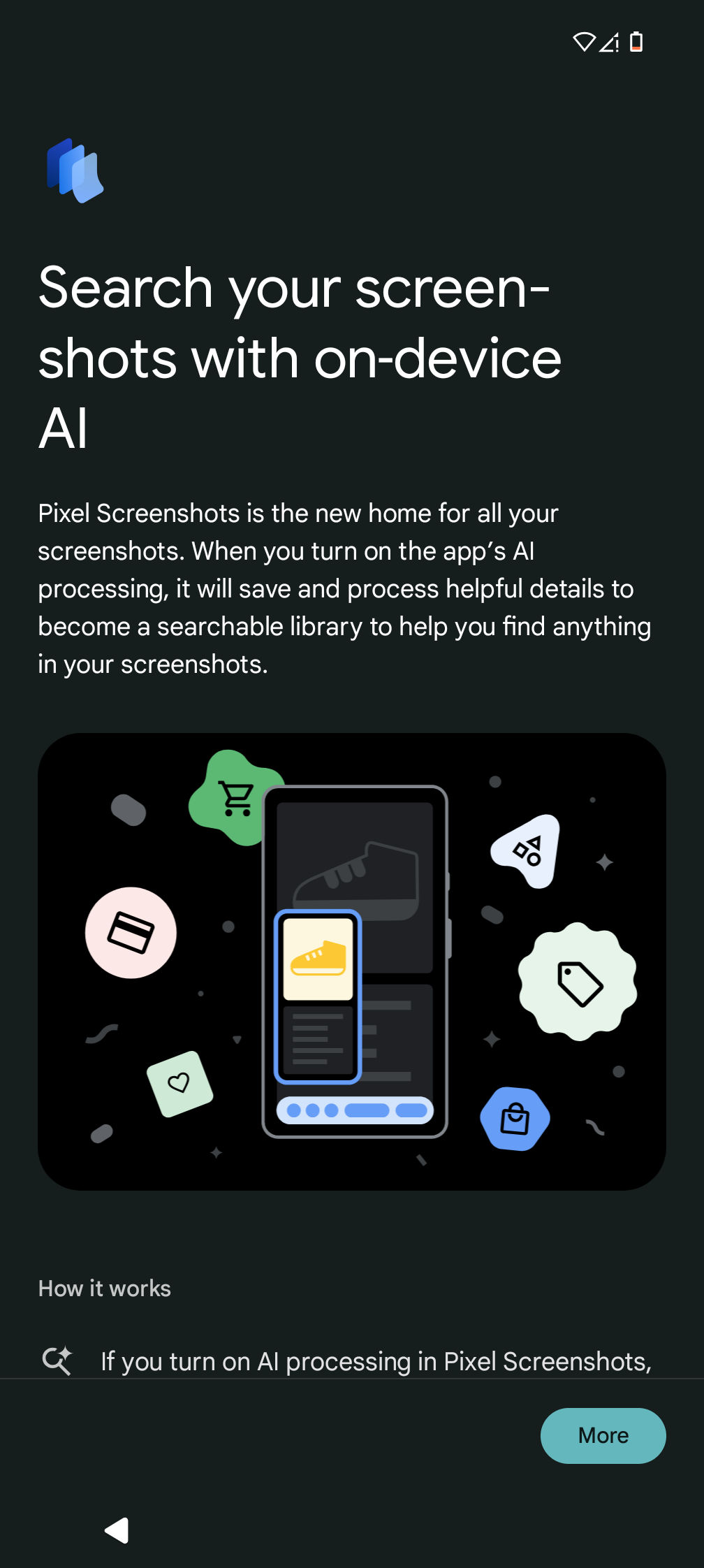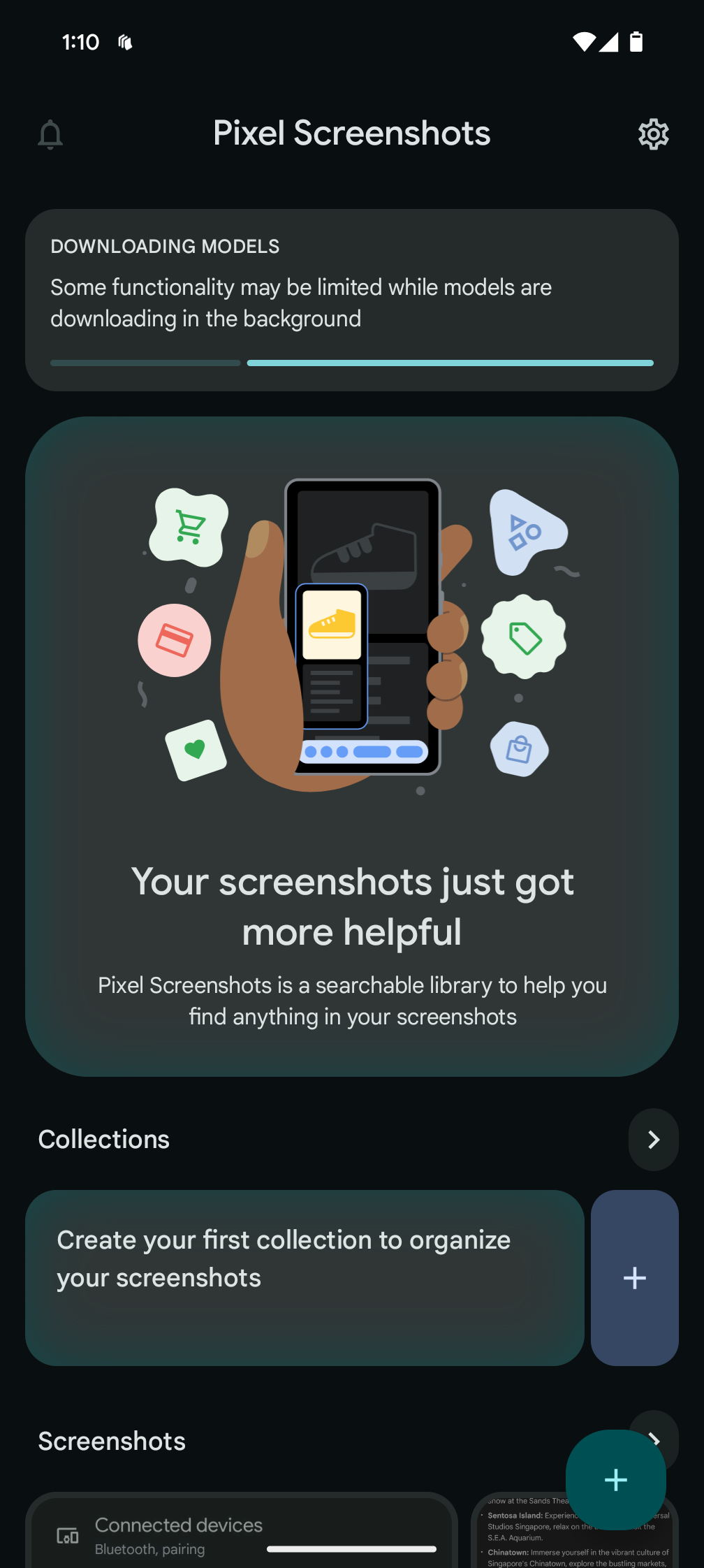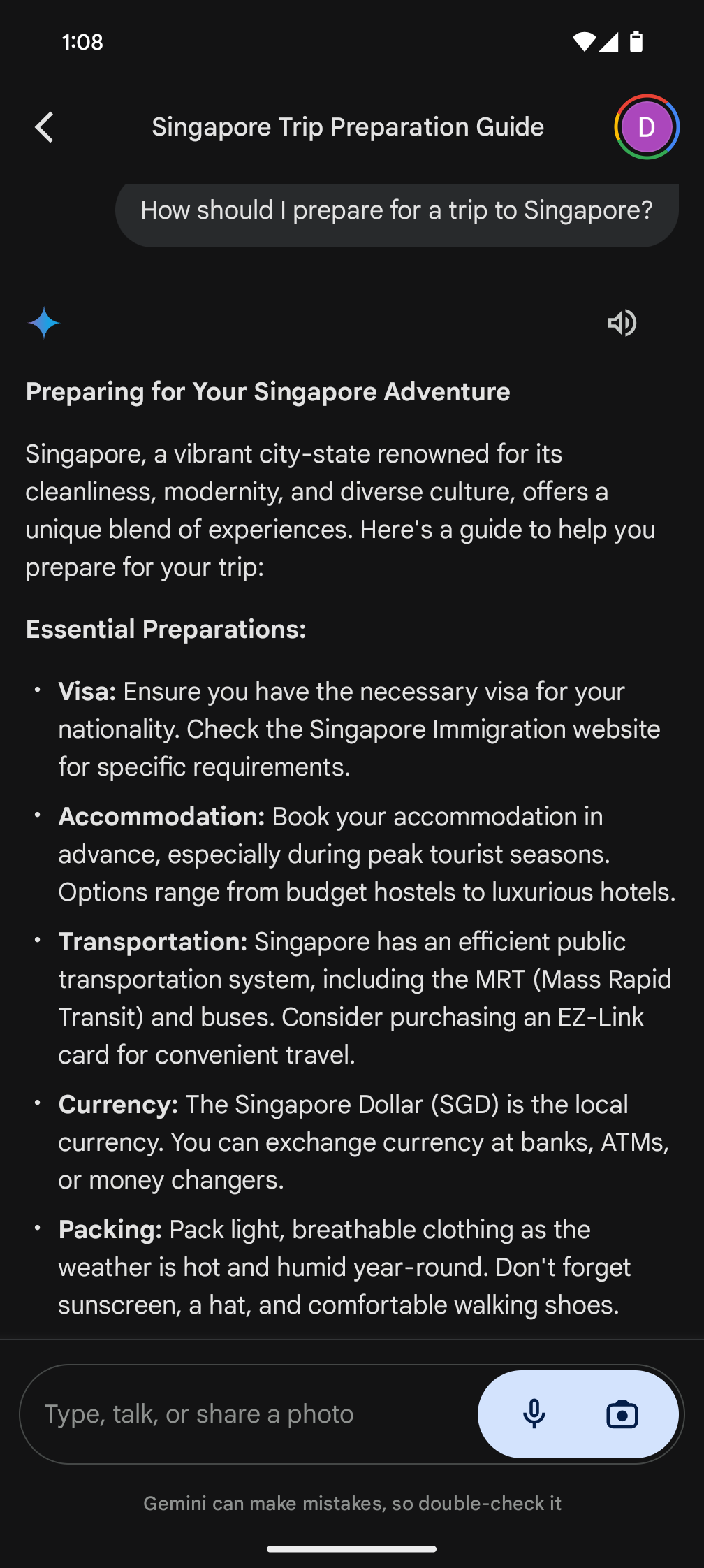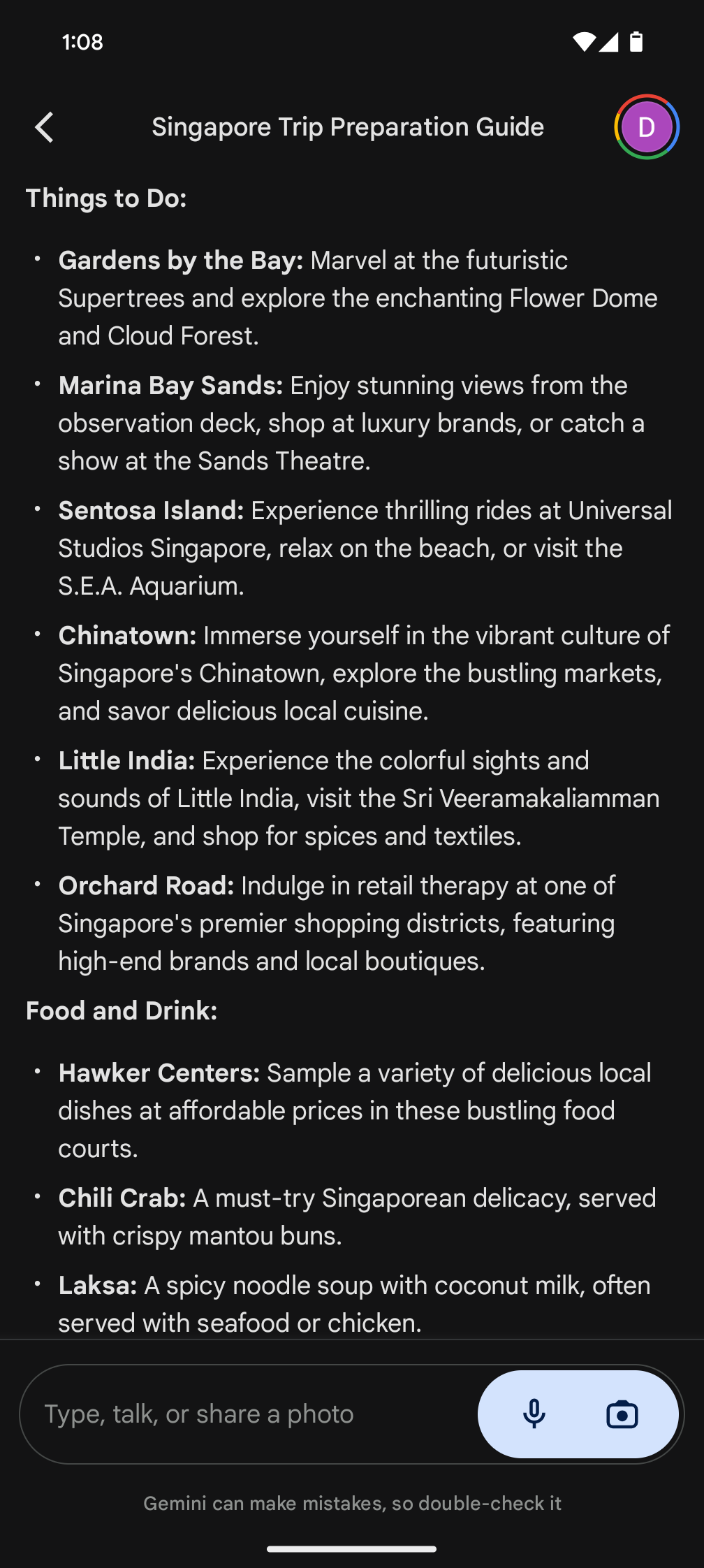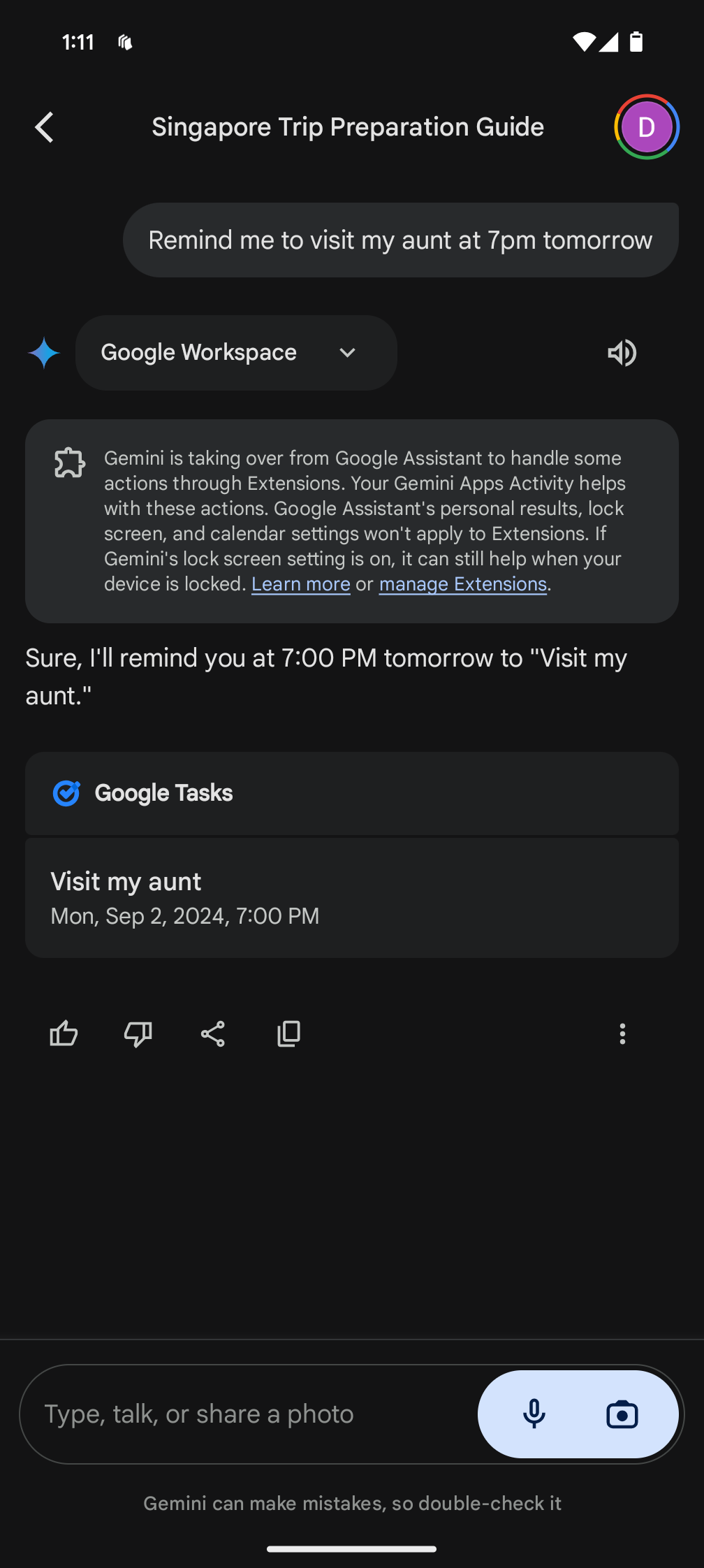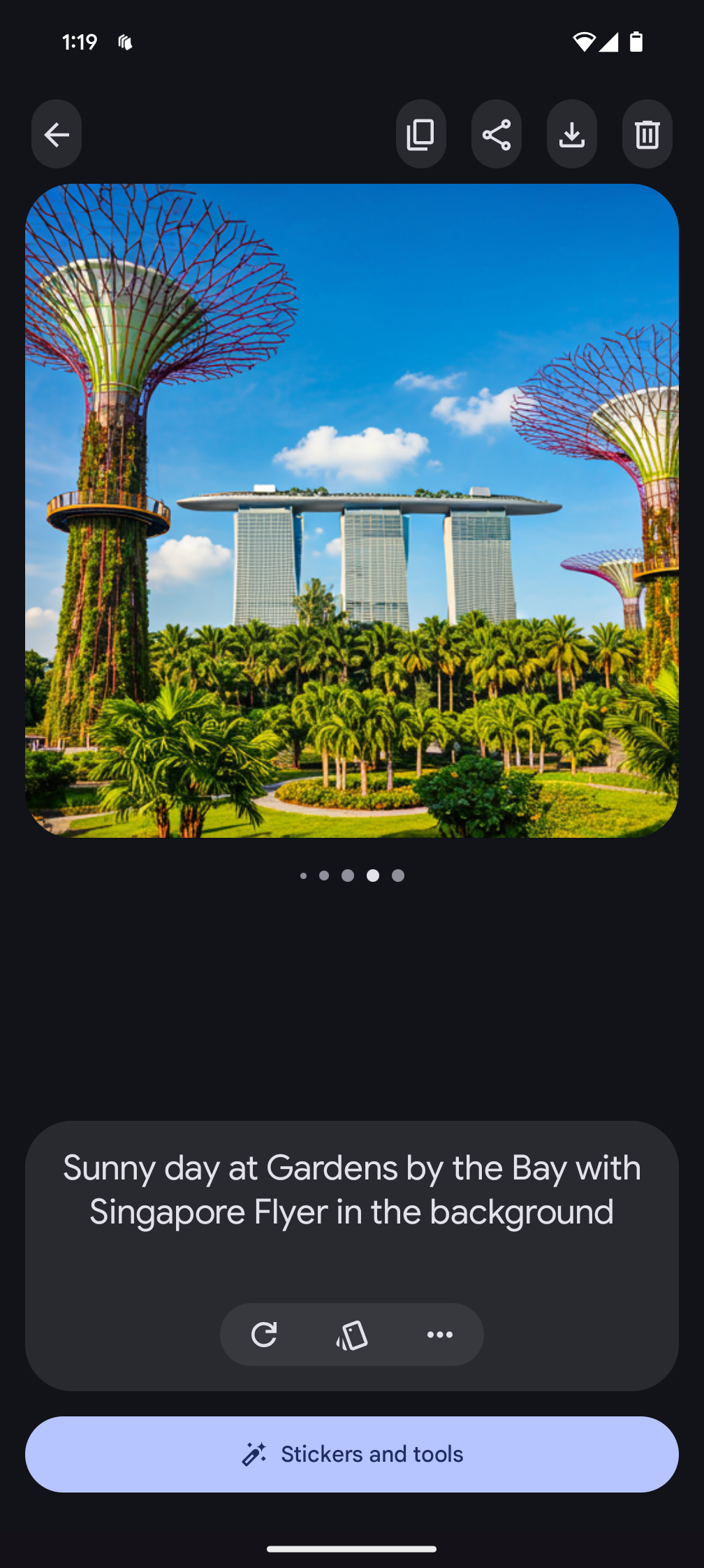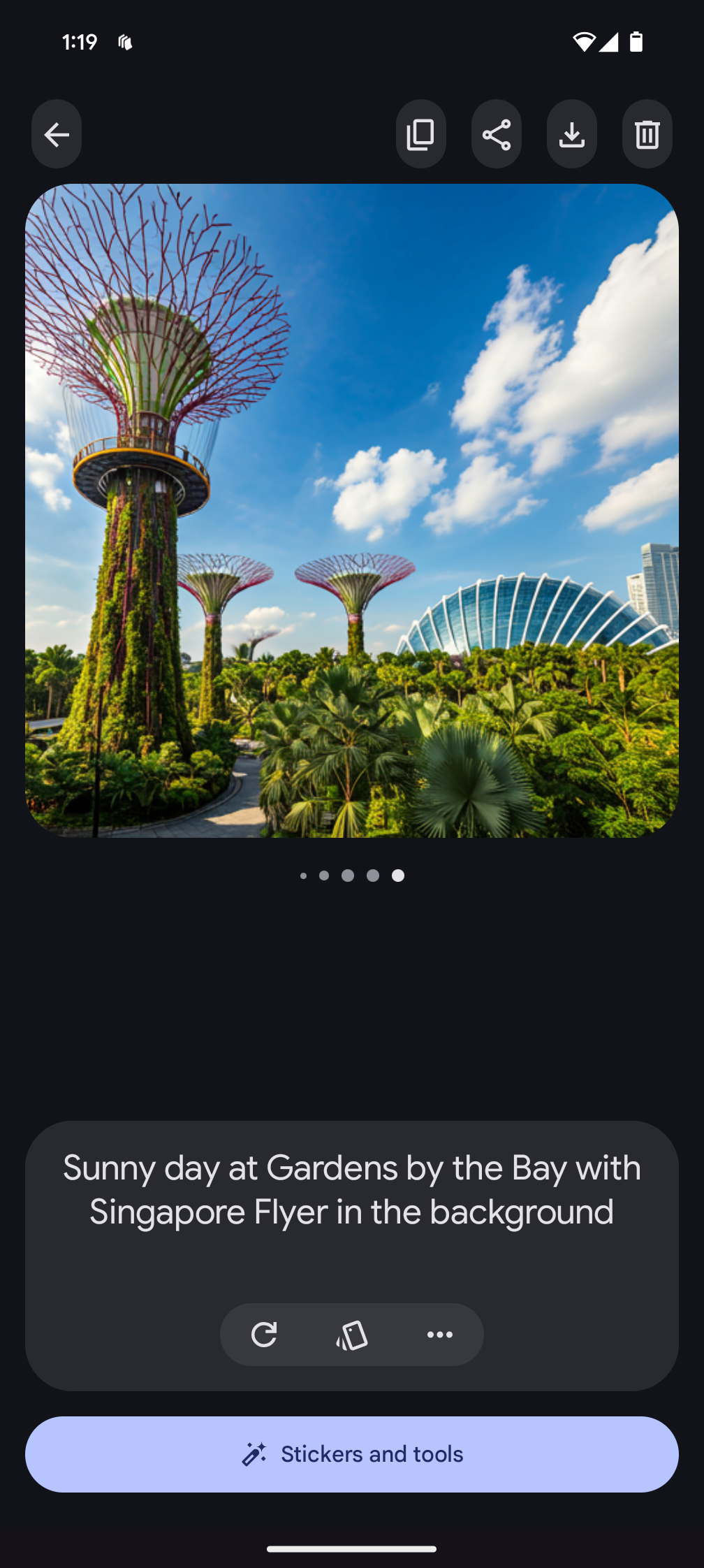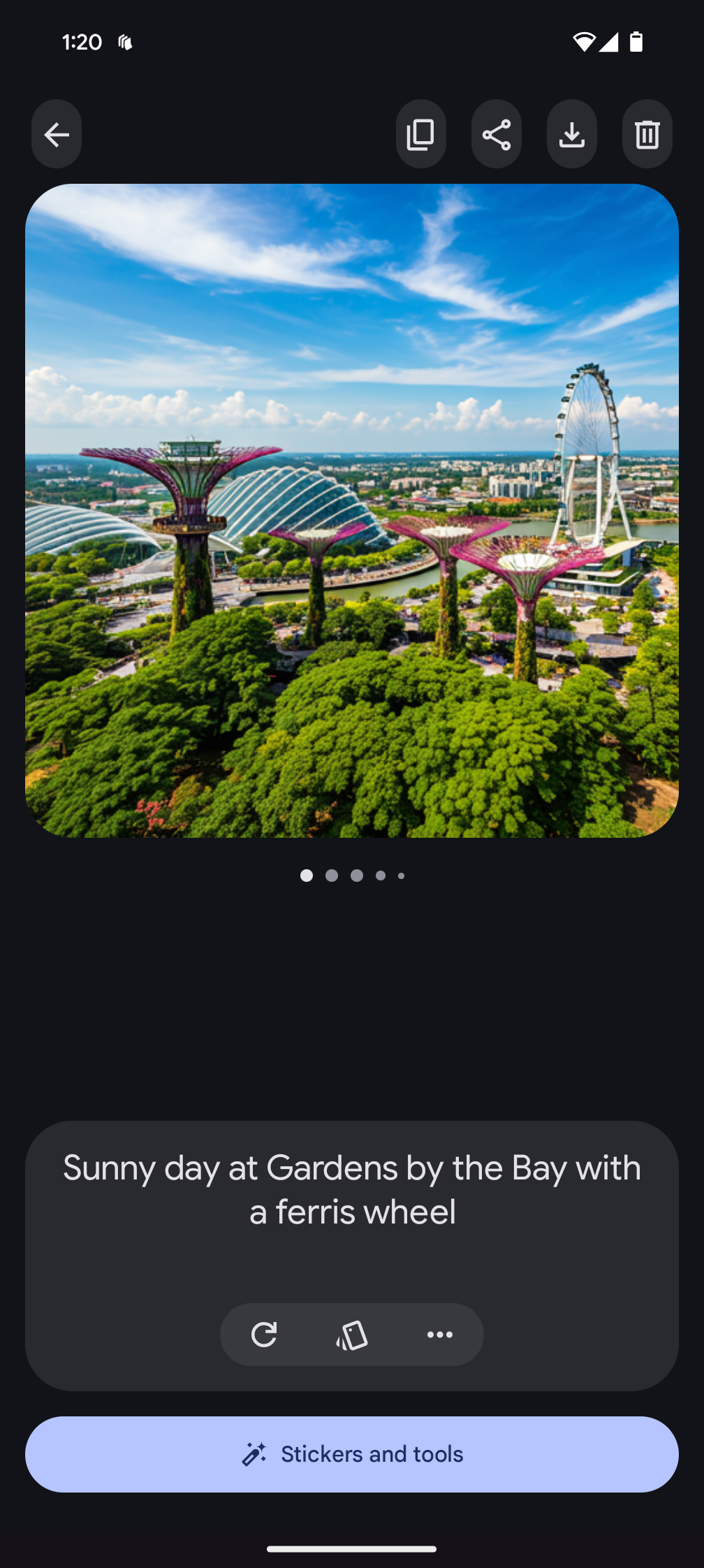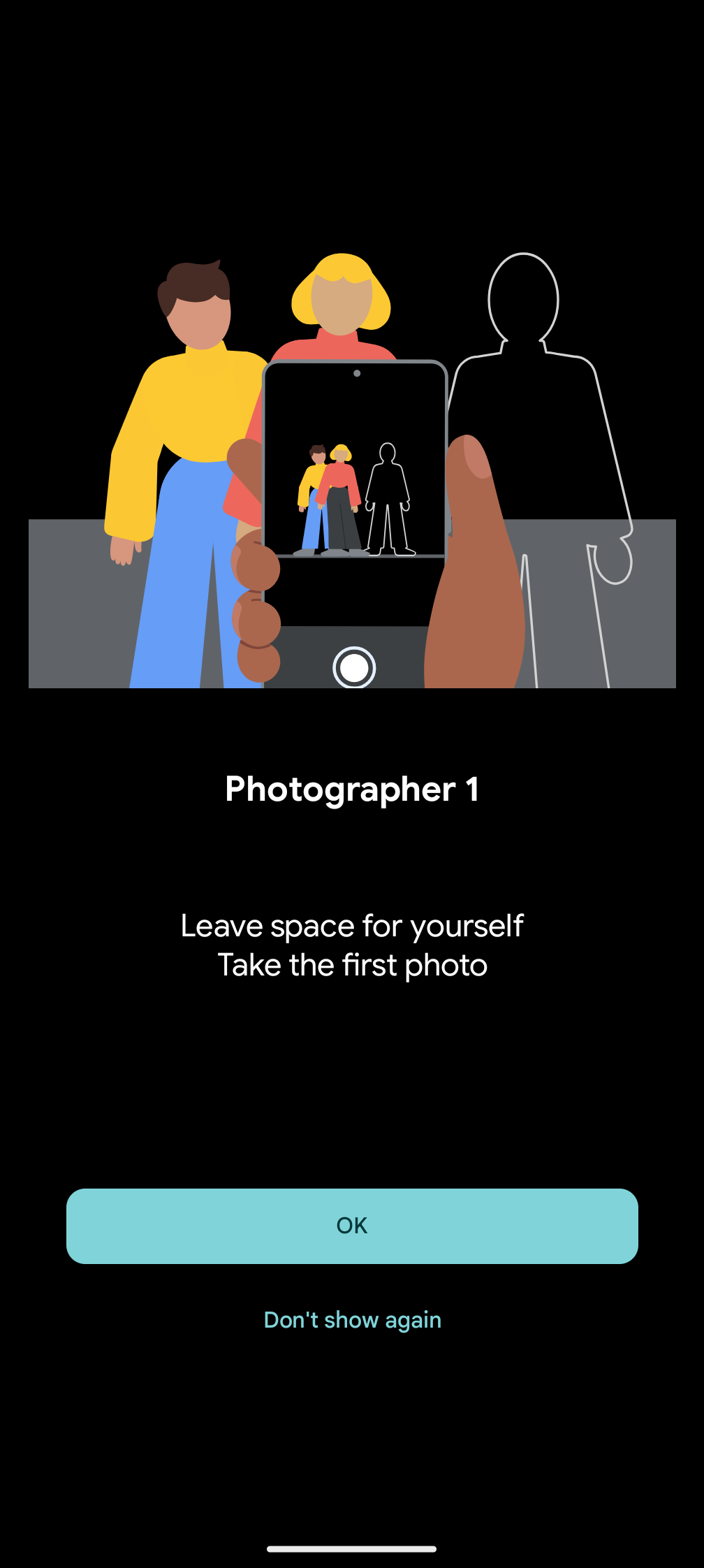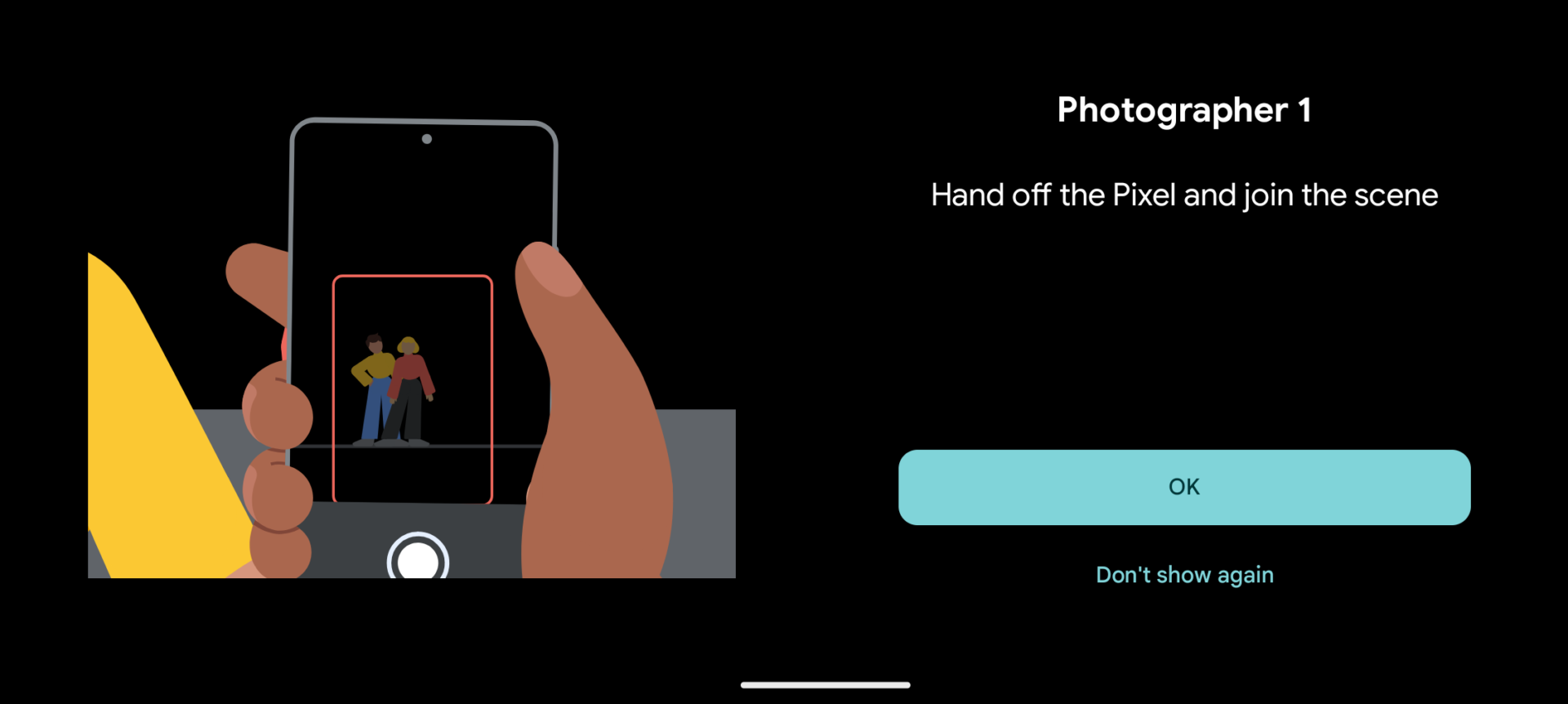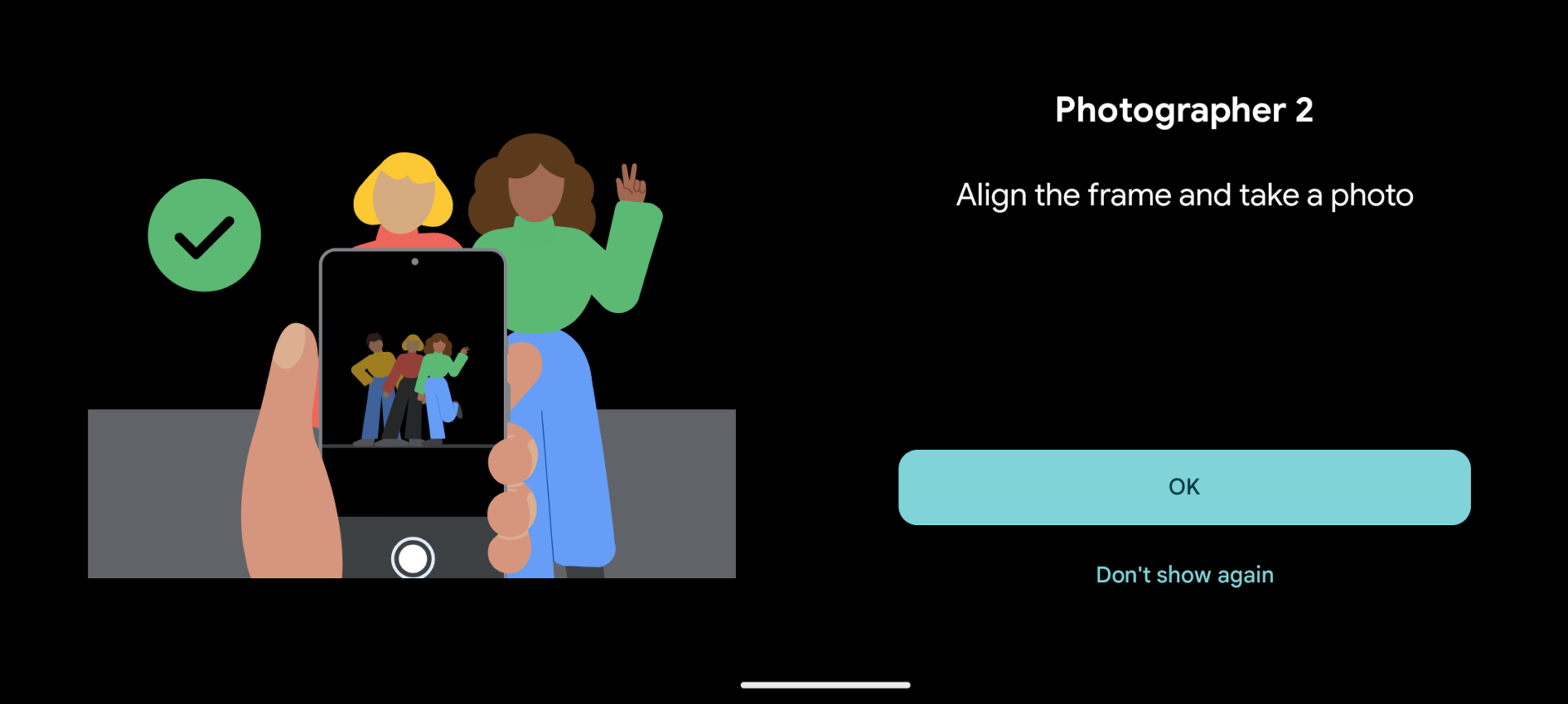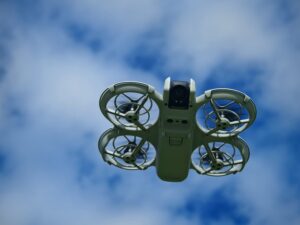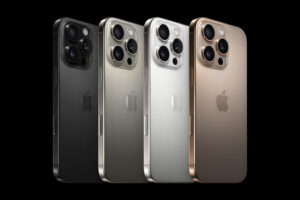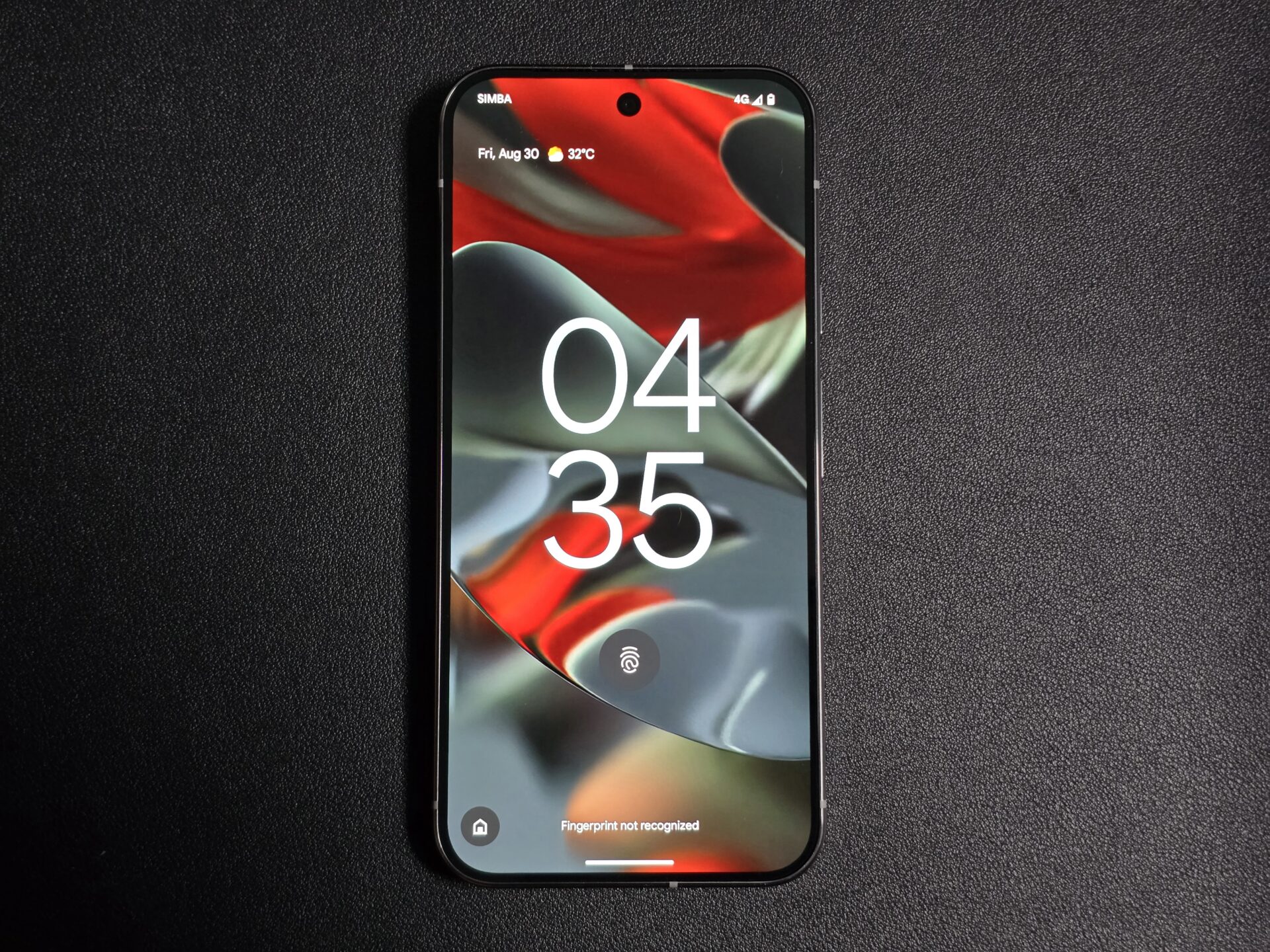
The Google Pixel has had multiple iterations, and its annual release is becoming predictable like the Apple iPhone and Samsung Galaxy. This year, however, brings not just a regular refresh. There are four, instead of two phones, to choose from.
There is the vanilla Pixel 9, a Pixel 9 Pro that comes with a 6.3-inch screen, a Pixel 9 Pro XL with a 6.8-inch screen, and a Pixel 9 Pro Fold (which we will review soon, stay tuned).
The differently-sized Pixel 9 Pros are similar except the screen and battery size, and it is the S$1,739 (256GB storage) larger sibling – the Pixel 9 Pro XL – that I manged to test-drive recently.
Design
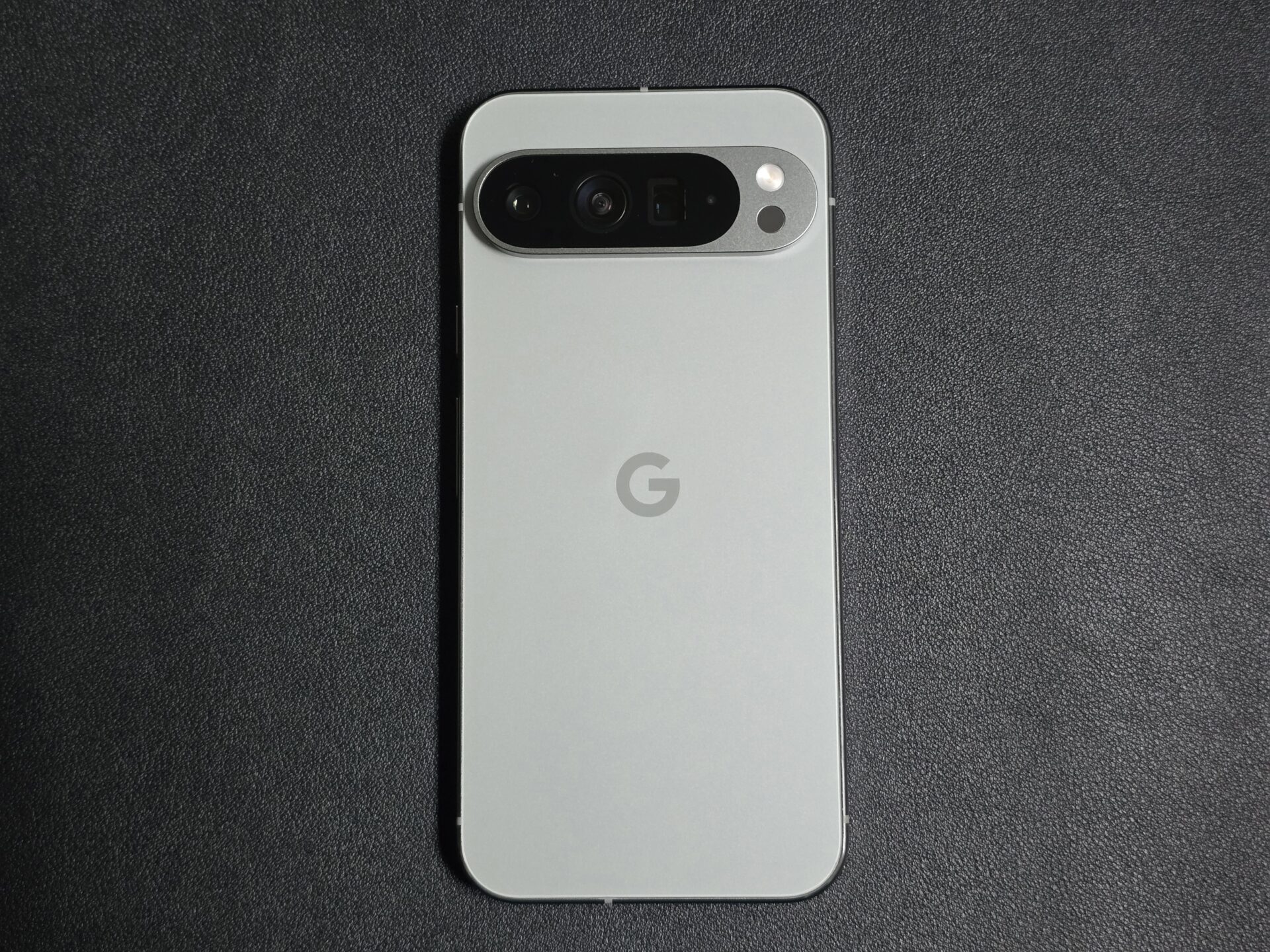
The rear camera bar that has been a trademark since the Pixel 6 no longer extends to the edges of the phone. It now resembles an elongated semi-circle constructed out of smoothened matte aluminium.
The module protrudes out of the back of the phone a fair bit, especially obvious when viewed from the side. This is likely to accommodate its high-tech camera gear.
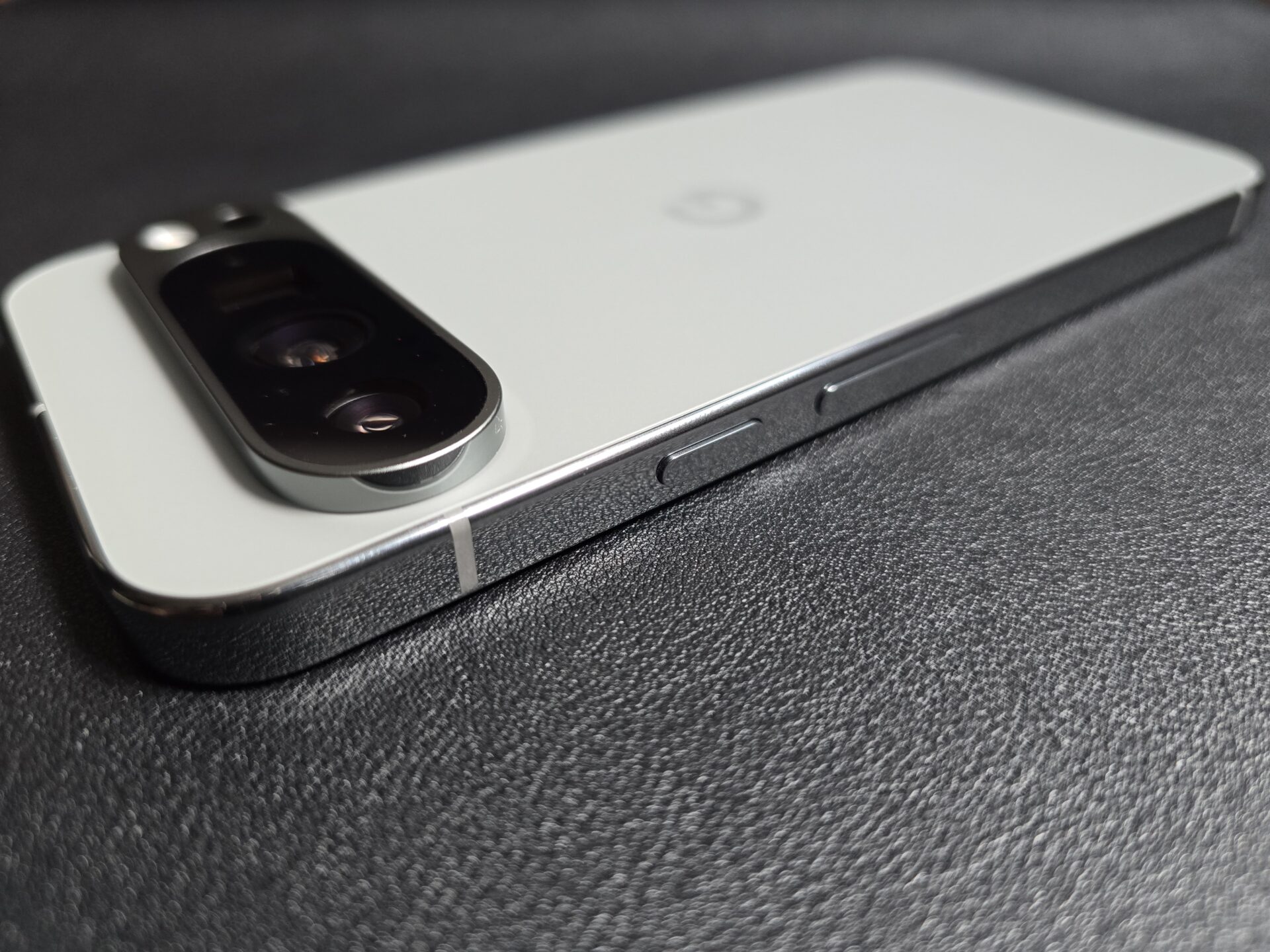
The new design also retains flat side rails but has more pronounced corners. Both the power and volume buttons are on the left. The outlook ends up looking very much like current generation iPhones, and the Nothing CMF Phone 1 we recently reviewed.
Can’t really blame Google, I guess. The only realistic innovations on a glass slab are the corners and rails framing it. Still, the shape of the corners are uncannily familiar.
Perhaps in an attempt to be different, the Pixel 9 Pro XL pairs a glossy side frame with its matte back. The glossy side frame on our review unit is in a mirror finish, which I am not a fan of. It is prone to dinks, can slip off hands if one is not careful, and requires a whole lot of wiping.
At least the hand feel is great.
Screen and performance
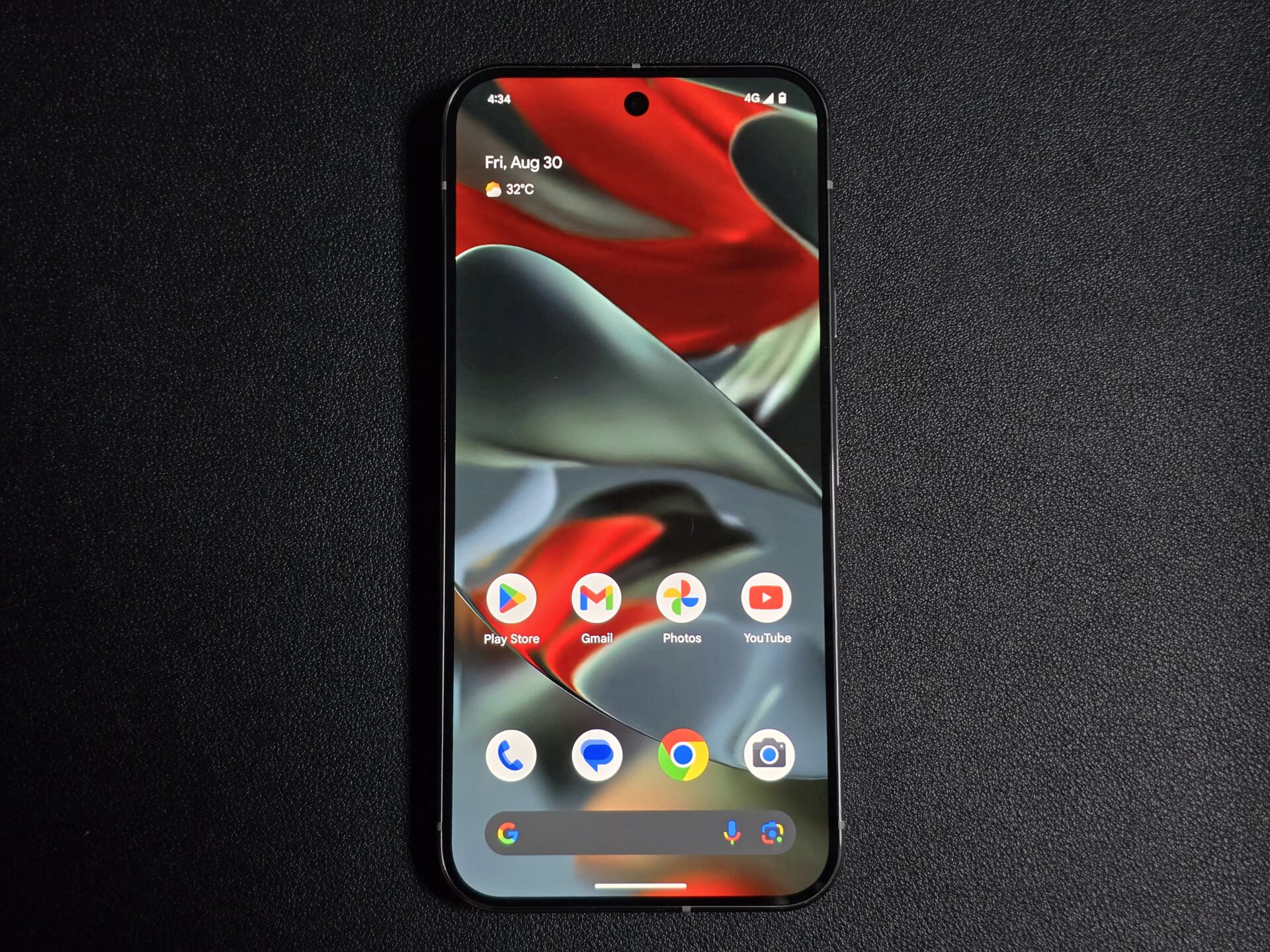
The Pixel 9 Pro XL has a 6.8-inch OLED screen with Quad HD resolution in a slightly narrow 20:9 aspect ratio. It is a flat panel with no tapering on the sides. It is protected with the latest Gorilla Glass Victus 2 on both the front and back.
The panel claims 3,000 nits maximum brightness. In my tests, the display topped out at 3,300 nits on manual brightness control, and 2,100 nits on adaptive brightness.
With high refresh rate mode turned on, the display danced nimbly with refresh rates of 1Hz, 12Hz, 24Hz, 30Hz, 60Hz and 120Hz. This gives me the confidence to keep the feature on without draining the battery.
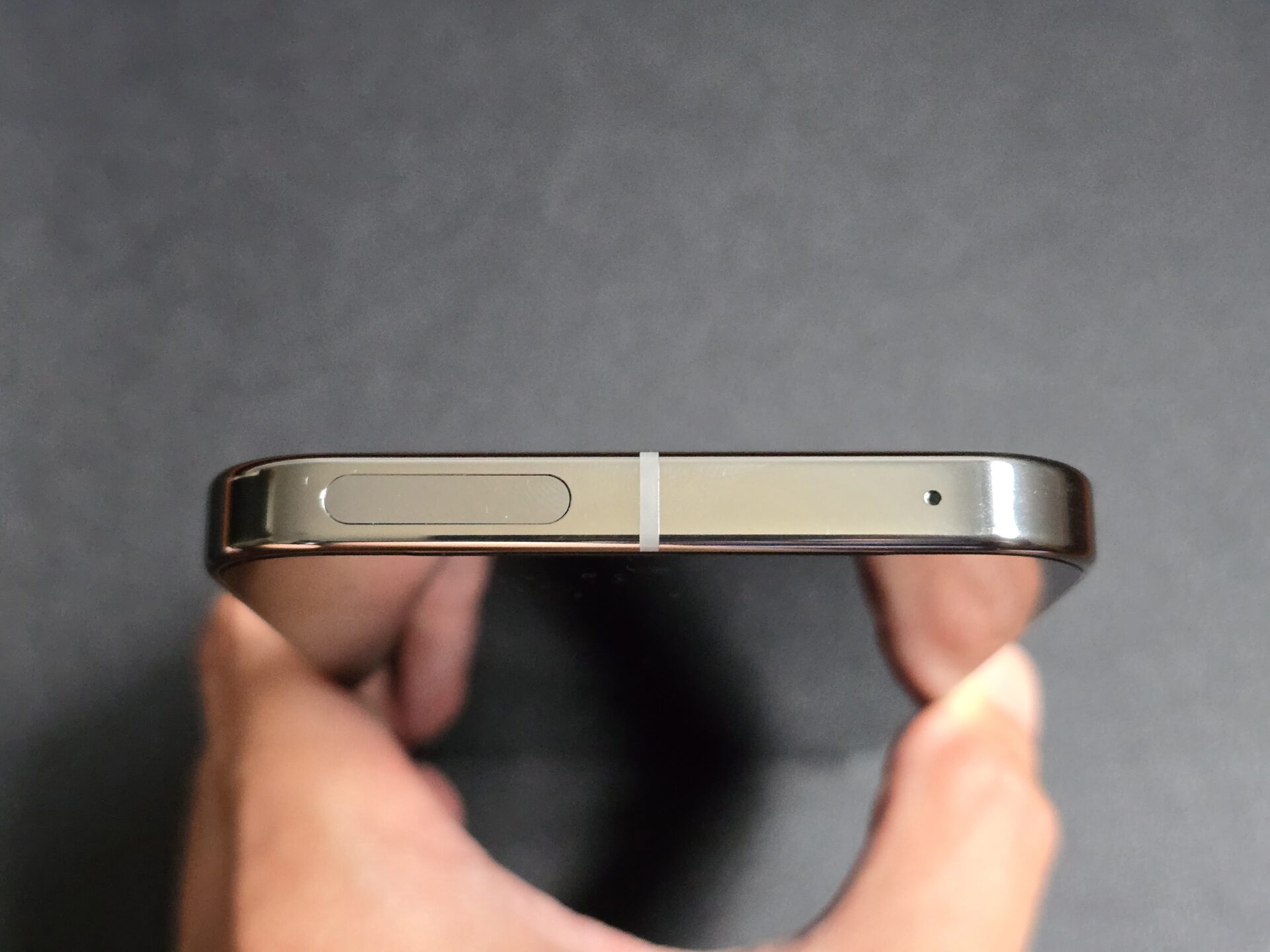
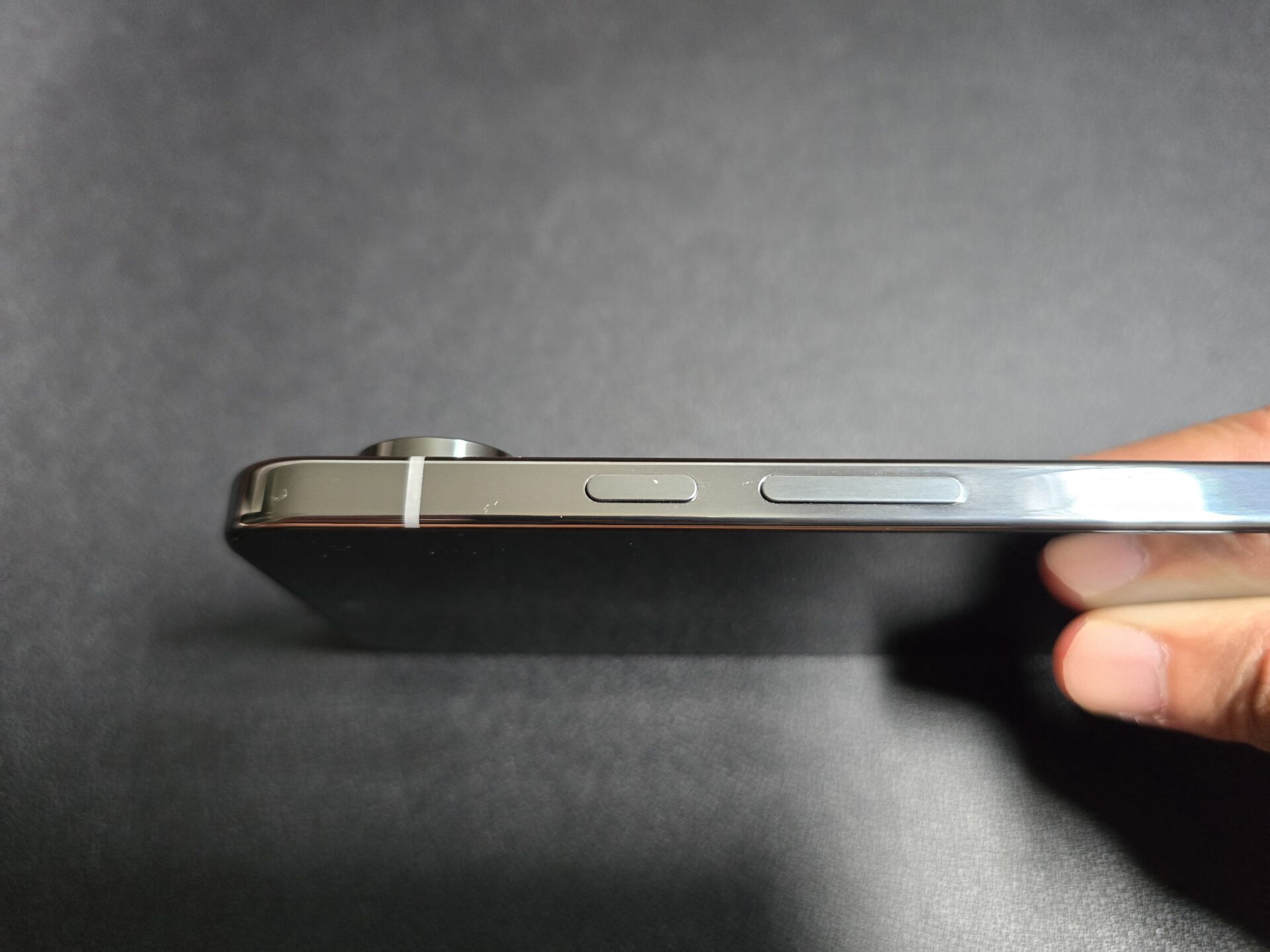
Inside the chassis, Google has stuck to its in-house silicon, the Google Tensor G4 chip built on a 4-nanometre process. The Tensors are known to not match the raw performance of the best from Qualcomm, but make up for it with native Google AI optimisations.
Needless to say, Google’s vanilla Android is quick and clean in my use, even if benchmark results are not chart-topping.
I used PCMark 10 for Android’s Work 3.0 Professional to simulate day-to-day workloads like browsing the Web, editing photos and videos, and word processing. The score averaged 12,900, in line with flagships from last year or the year before.
With the gaming benchmark 3DMark for Android, the Pixel 9 Pro XL got through the Wild Life Extreme test, averaging 15 frames per second and clocking a score of 2,580 over three runs on the device. The best Samsungs and Apples will typically clock above 3,000.
AI Features
Google usually does a fine job cooking up AI features. This time, some features were standout, while others feel catch-up.
Pixel Screenshots is where the potential is, in my opinion, by using AI to make them much more searchable. I take a lot of screenshots to help me remember things or share something interesting, but have a hard time looking things up things in them.
I imported old screenshots into the Screenshots app. It does not allow selecting an entire album’s contents at once, and can only accept 100 imports at a time.
This will be a problem for me and my 10,000 screenshots over the years. In my experience, it took a long time to download the AI package, and needed three to five minutes to process each batch of 100 imports.
Once done, though, it is picking out keywords from the images that Google Photos missed. I only hope this feature gets much better at importing old screenshots and processing them in the background, and is integrated into Google Photos at some point.
Gemini AI feels like Google’s answer (literally) to ChatGPT. It can help prepare for interviews, write e-mails and summarise conversations – basically a smarter Google Assistant. In my tests, I find that it is not super different from other AI assistants, except perhaps featuring tighter integration for reminders and calendar.
Another tool – Pixel Studio – works like Microsoft Designer. Provide a text prompt, get a nice graphic that you can keep refining without having to pay for credit. Image resolution is limited to a 2,048 x 2,048 square, though, and it will not render humans for now.
There is also the Magic Editor, also available on Samsung devices. It is a much improved magic eraser, among other functions to make photos less blurry and/or enhance zoom.
Not to forget Circle to Search – take a screenshot, draw a circle around it and Google gets to work telling you more about what this is.
Other features and battery life
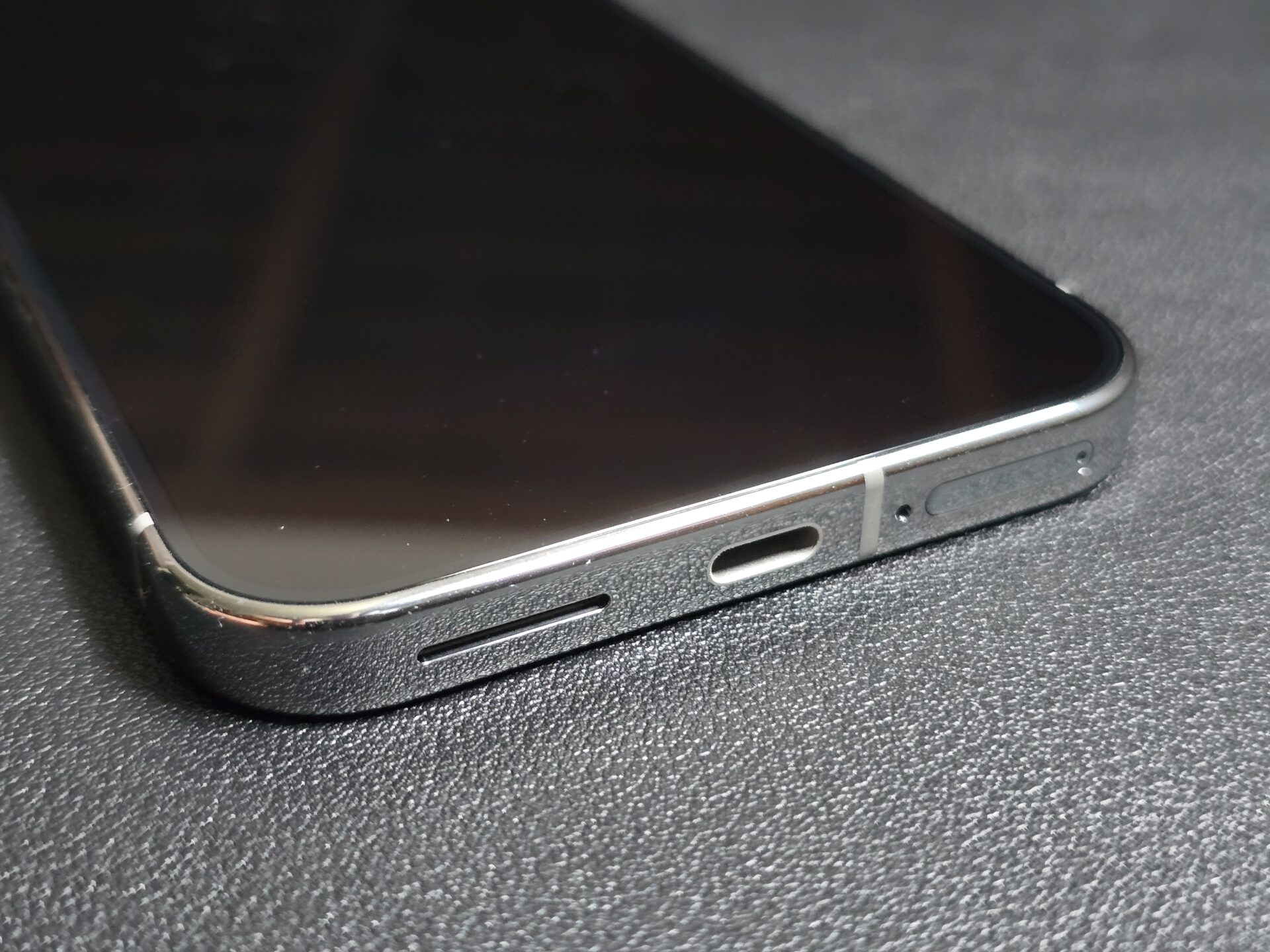
The Pixel 9 Pro XL has two speakers, one on the bottom left rail and the other is the ear speaker used to make calls. When I tried out the audio, the sound was crisp at the midrange and there was no distortion on the highs, and loud enough to watch a short documentary on.
The fingerprint sensor is an ultrasonic model built onto the lower third of the display, better than the optical readers Google used in earlier Pixels. The position is comfortable and the readings are accurate.
The phone is IP67 rated for dust and water resistance, good for dips in pool, but not in seawater.
The phone features a 5,060mAh cell that is competitive with similar rivals. I ran the PCMark 10 for Android’s Work 3.0 Battery Life test with Wi-Fi and dynamic display refresh on throughout. The device lasted 15 hours 5 minutes, half an hour shy of a Samsung Galaxy S24 Ultra.
The Pixel 9 Pro XL supports 37W wired charging on the Power Delivery 3.0 standard. There is a USB-C cable, but no bundled charger, unfortunately. Note that wireless charging tops out at 23W with a Pixel Stand.
Cameras
- Wide (main): 50MP (1/1.31″, 1.2µm-2.4µm), f/1.68, 24mm, dual-pixel PDAF, Laser AF, OIS; 4K@60fps/8K@30
- Ultrawide: 48MP (1/2.55″, 0.7µm-1.4µm), f/1.7, 12mm, multi-directional PDAF; 4K@60fps
- Telephoto 5x: 48MP (1/2.55″, 0.7µm-1.4µm), f/2.8, 110mm, multi-directional PDAF, OIS; 4K@60fps/8K@30
- Front camera: 42MP (0.7µm-1.4µm), f/2.2, 18mm, dual-pixel PDAF; 4K@60fps
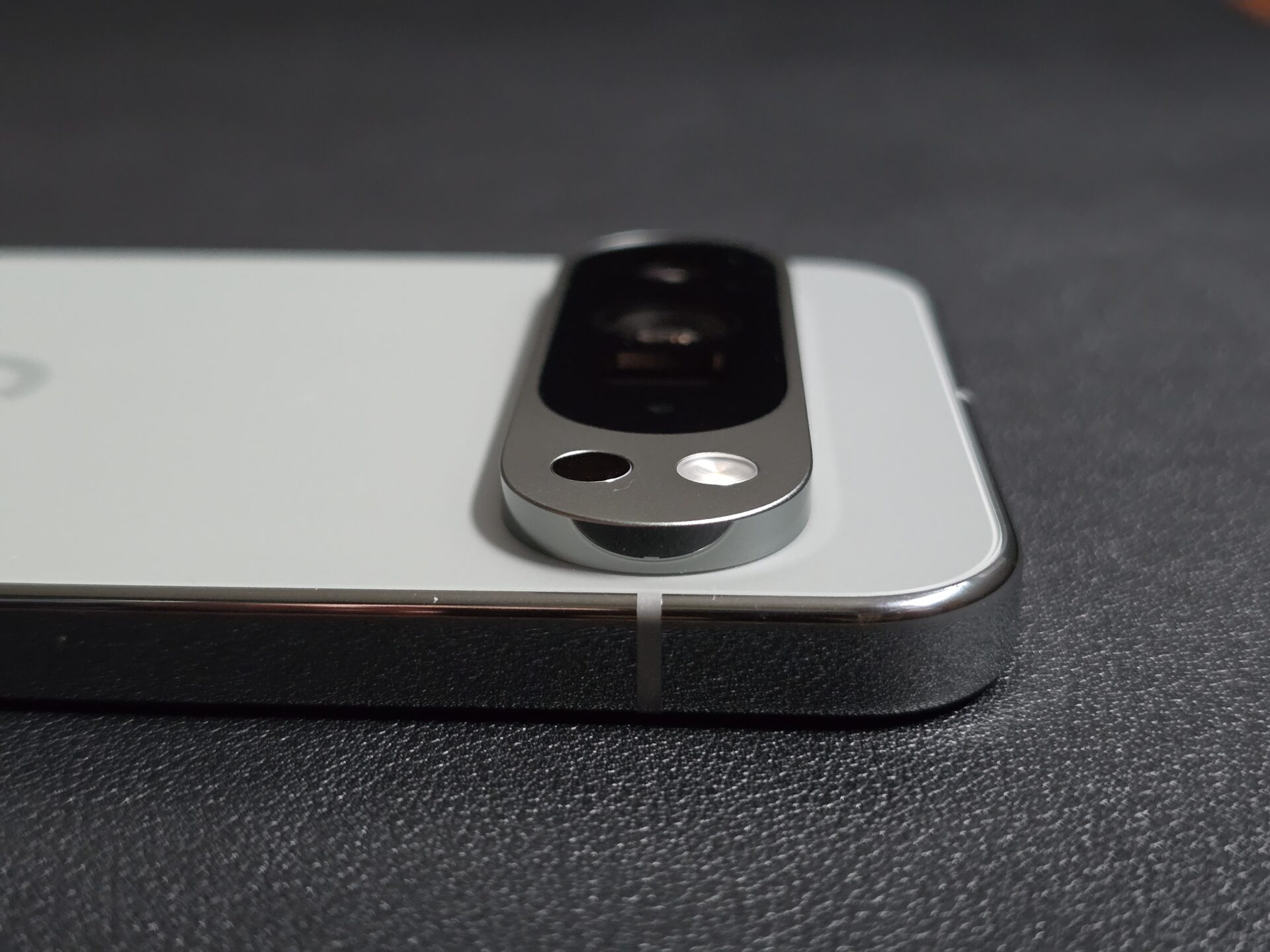
The camera setup is similar to the Pixel 8, except the ultrawide shooter gets a larger f/1.7 aperture, but a smaller 1/2.55-inch sensor. The front camera makes a jump from 10.5 megapixel to 42 megapixels, so selfies will look better.
In use, the AI magic of Google’s imaging helps power the Pixel 9 Pro XL ahead of the competition on similar (or slightly less capable) hardware.
Among the daytime shots I took, the ultrawide camera delivered better skies and details than competing ultrawide shooters. The detailing on the banana-like plant in the shot of the pavilion at the HortPark is impressive. However, it struggled with detailing areas under shadows – these tend to turn out a flat black.
The main wide camera nails the colour characteristics, detail and focus – little to complain here. The large aperture is apparent, though, and common in newer cameras. Bokeh is good, but can become something to manage when you do not need it.
The 5x telephoto camera is consistently weaker in resolved detail of what it captures compared to the wide camera, but does very well to keep the overall structure in focus. It can get good detail too – just examine the white paint stains on the black railings of the pavilion, and of the tortoises near the pond.
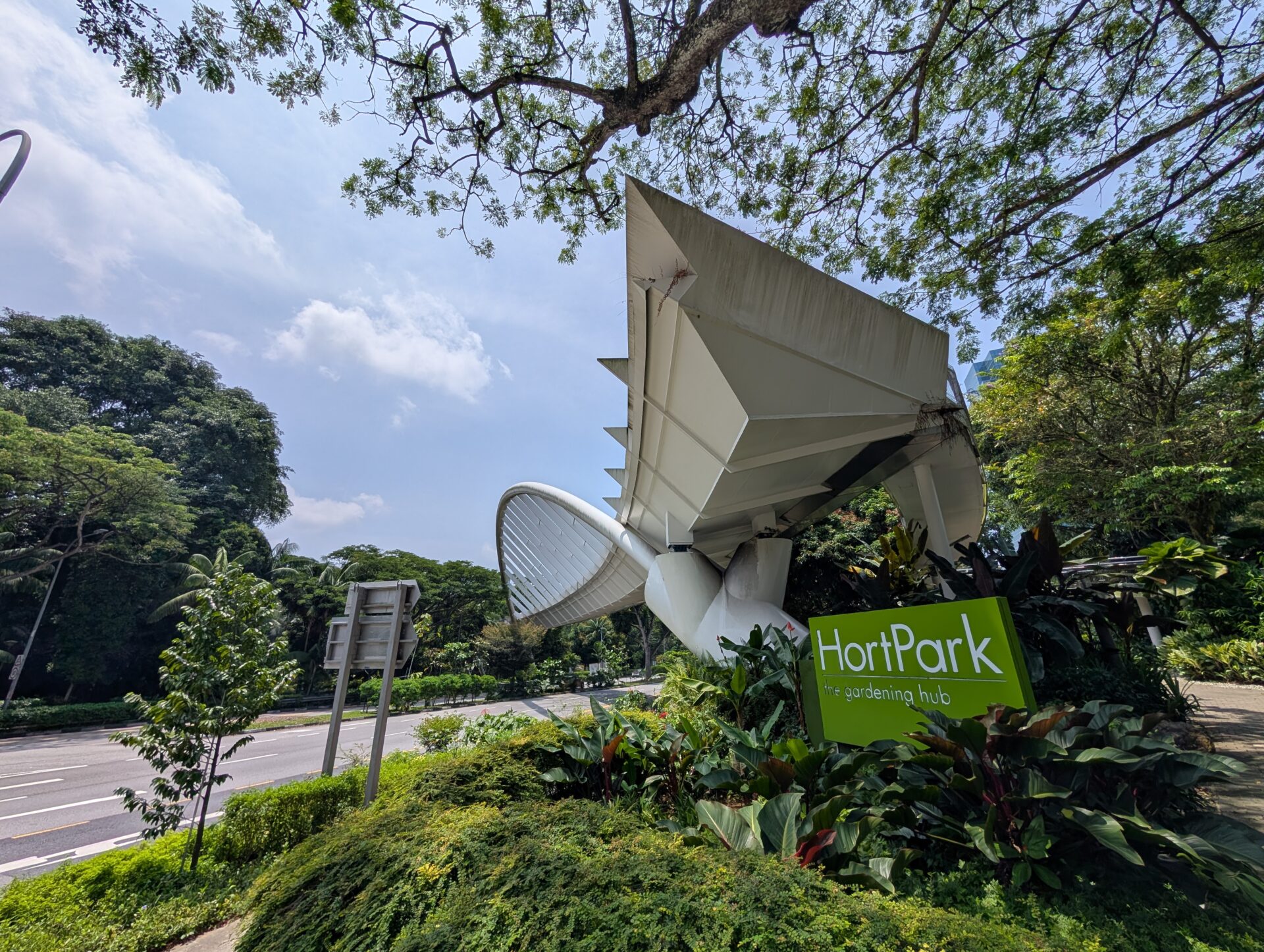
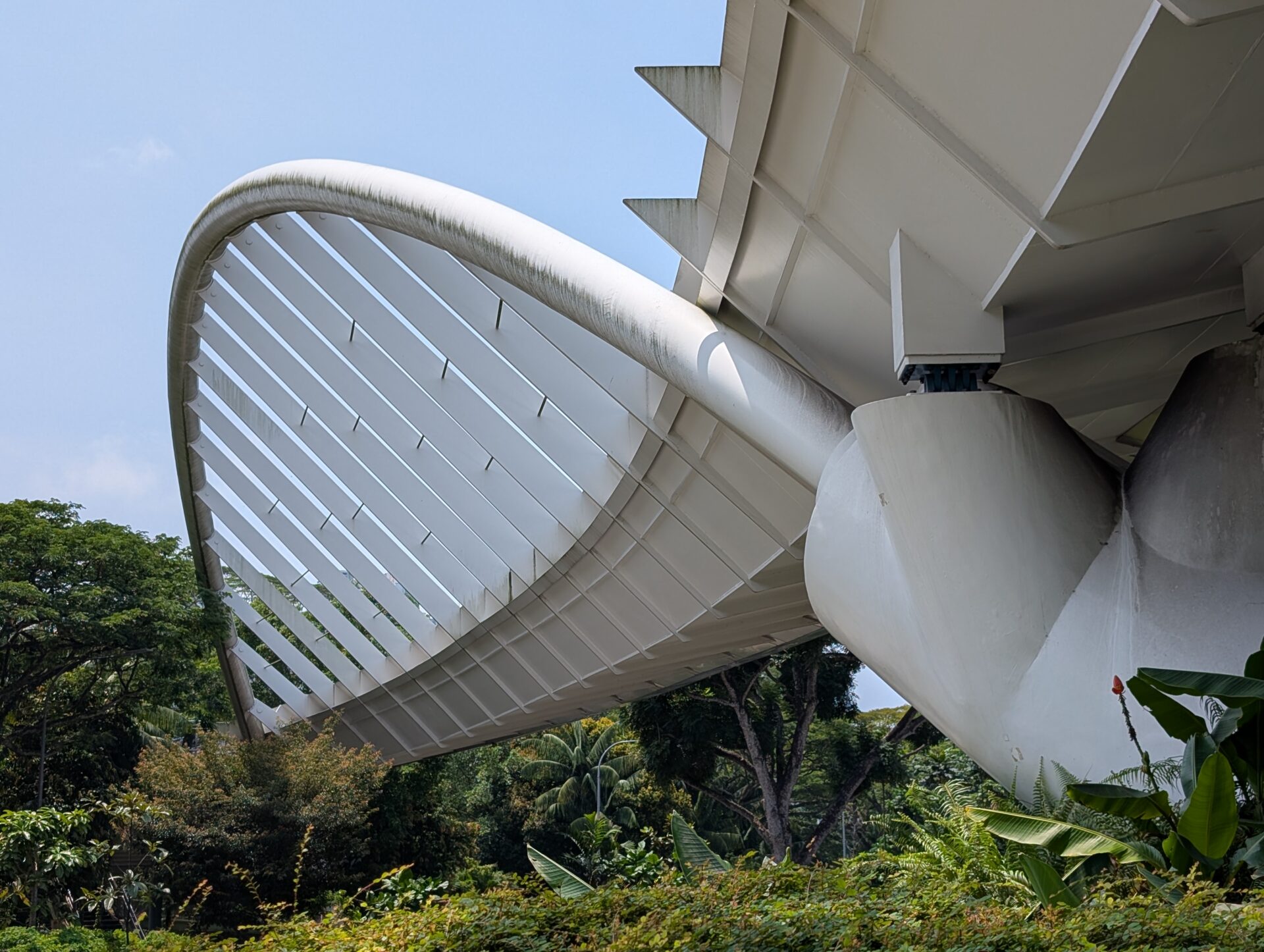
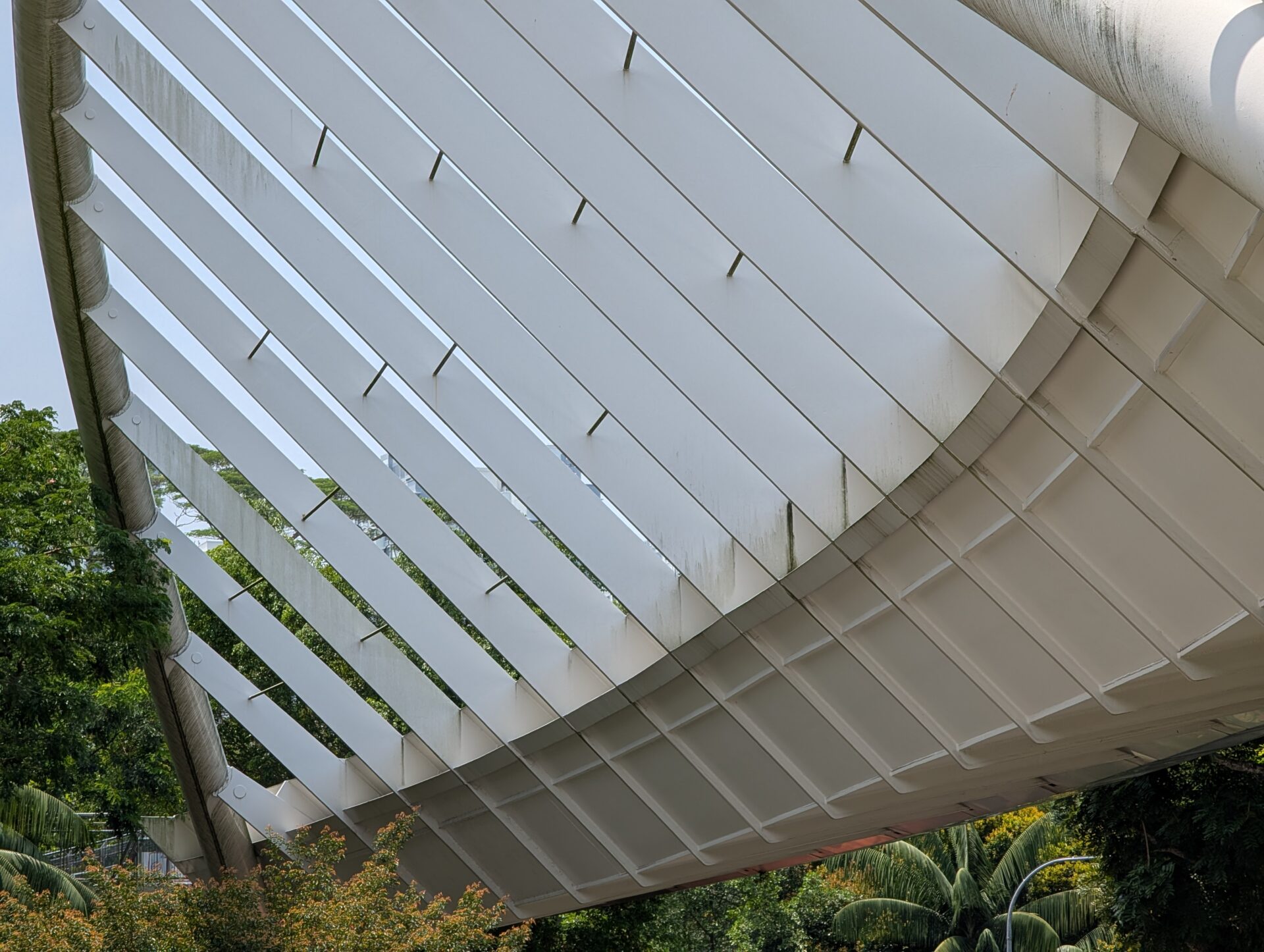
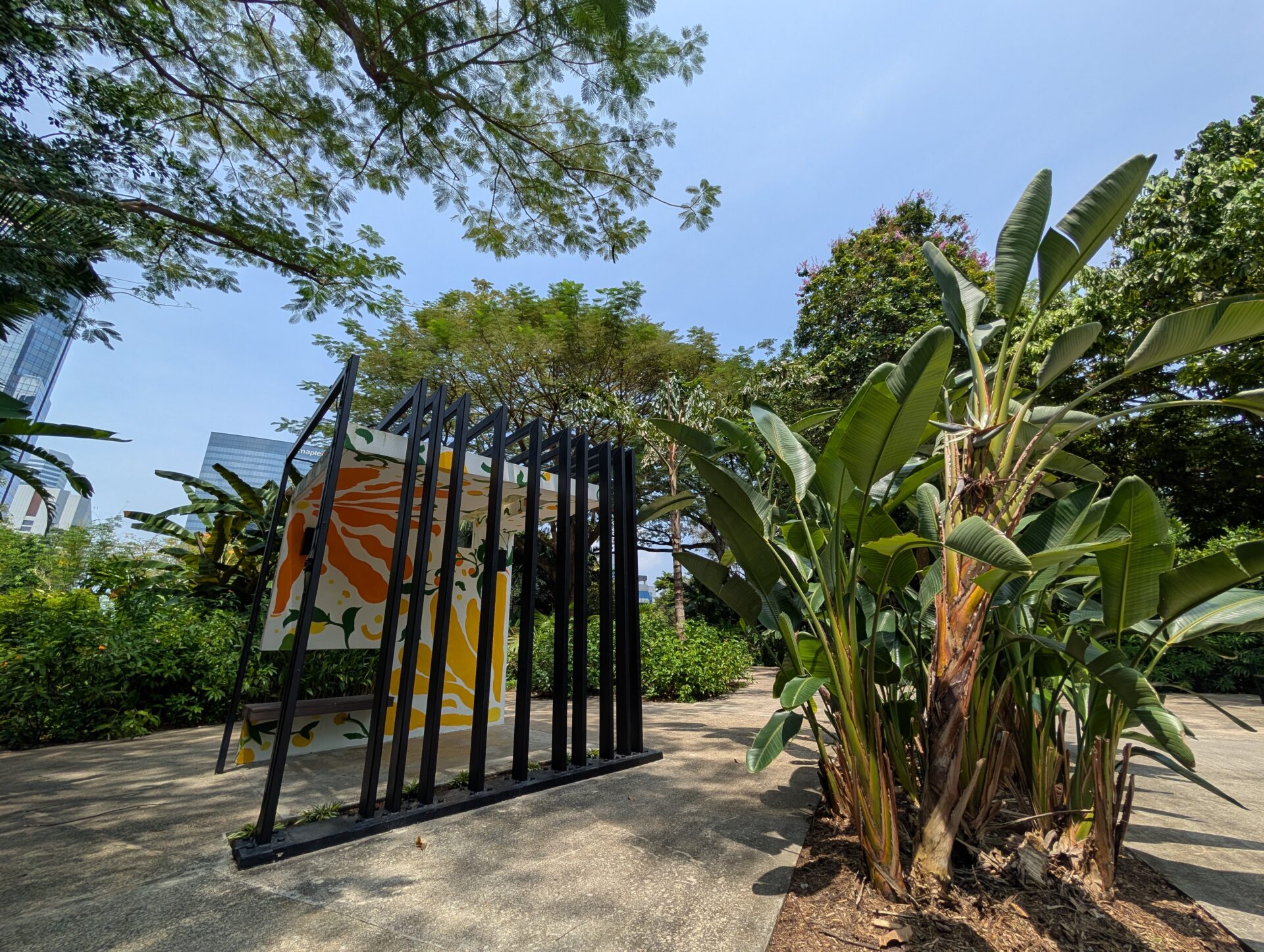
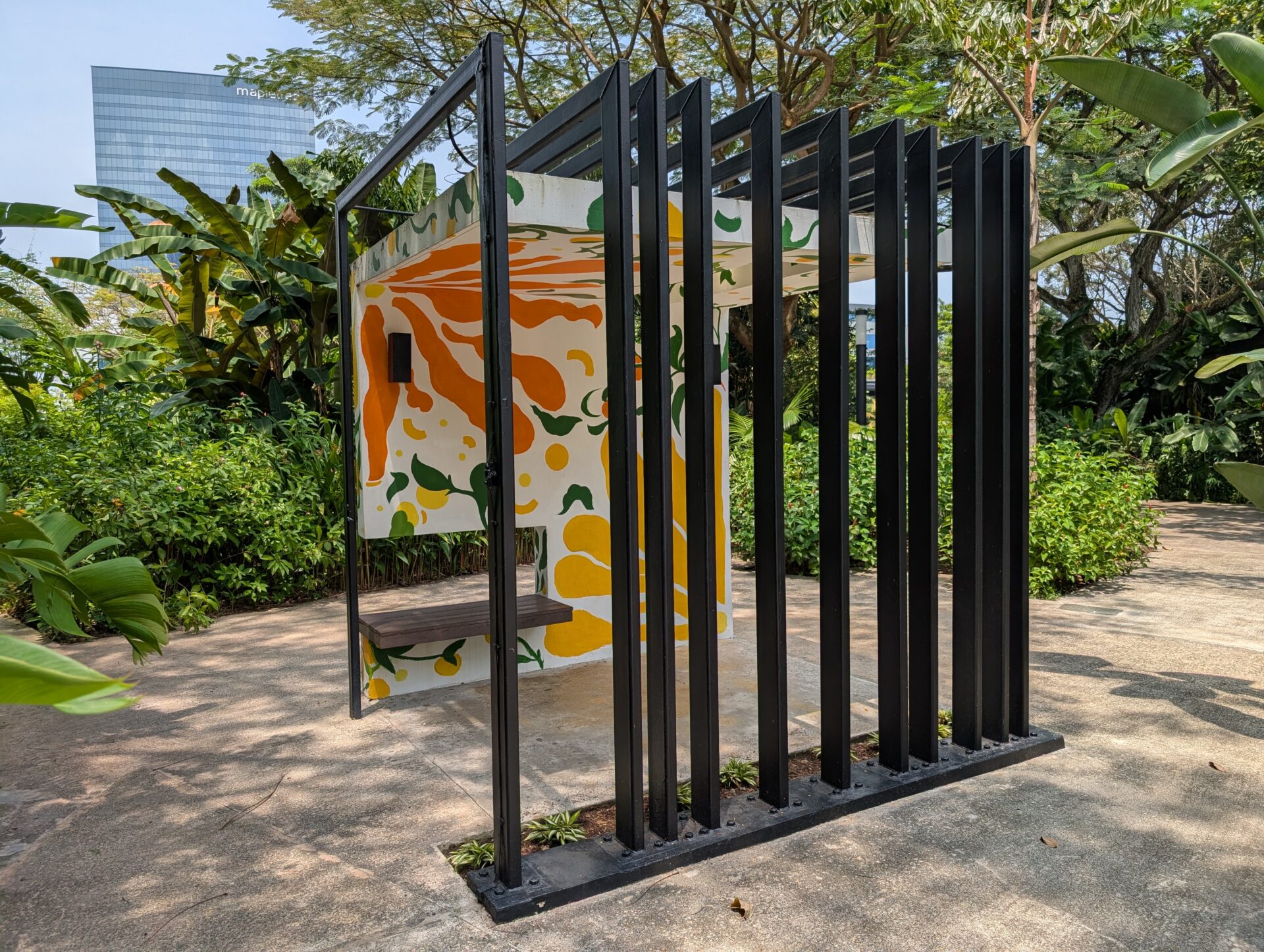
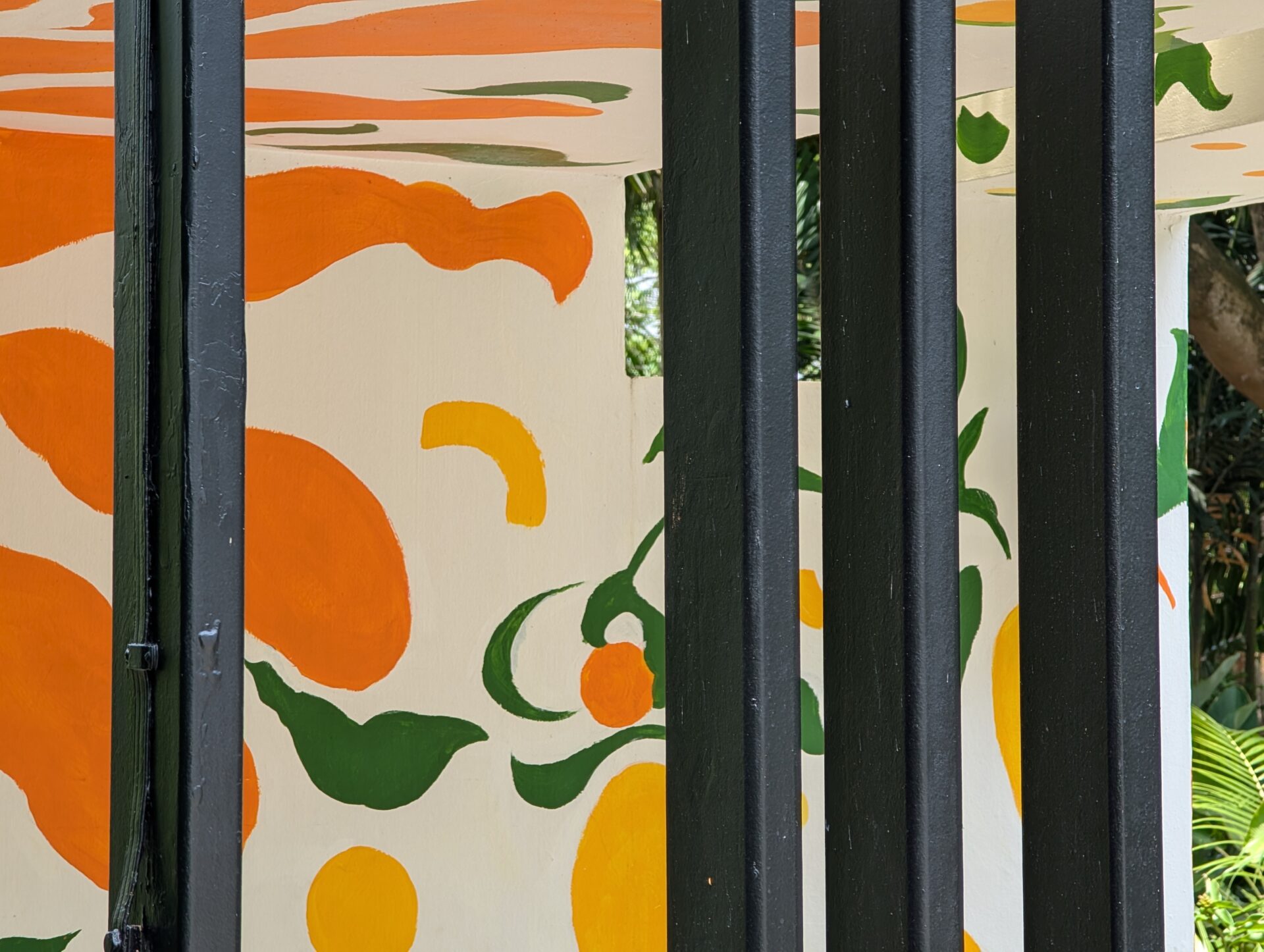
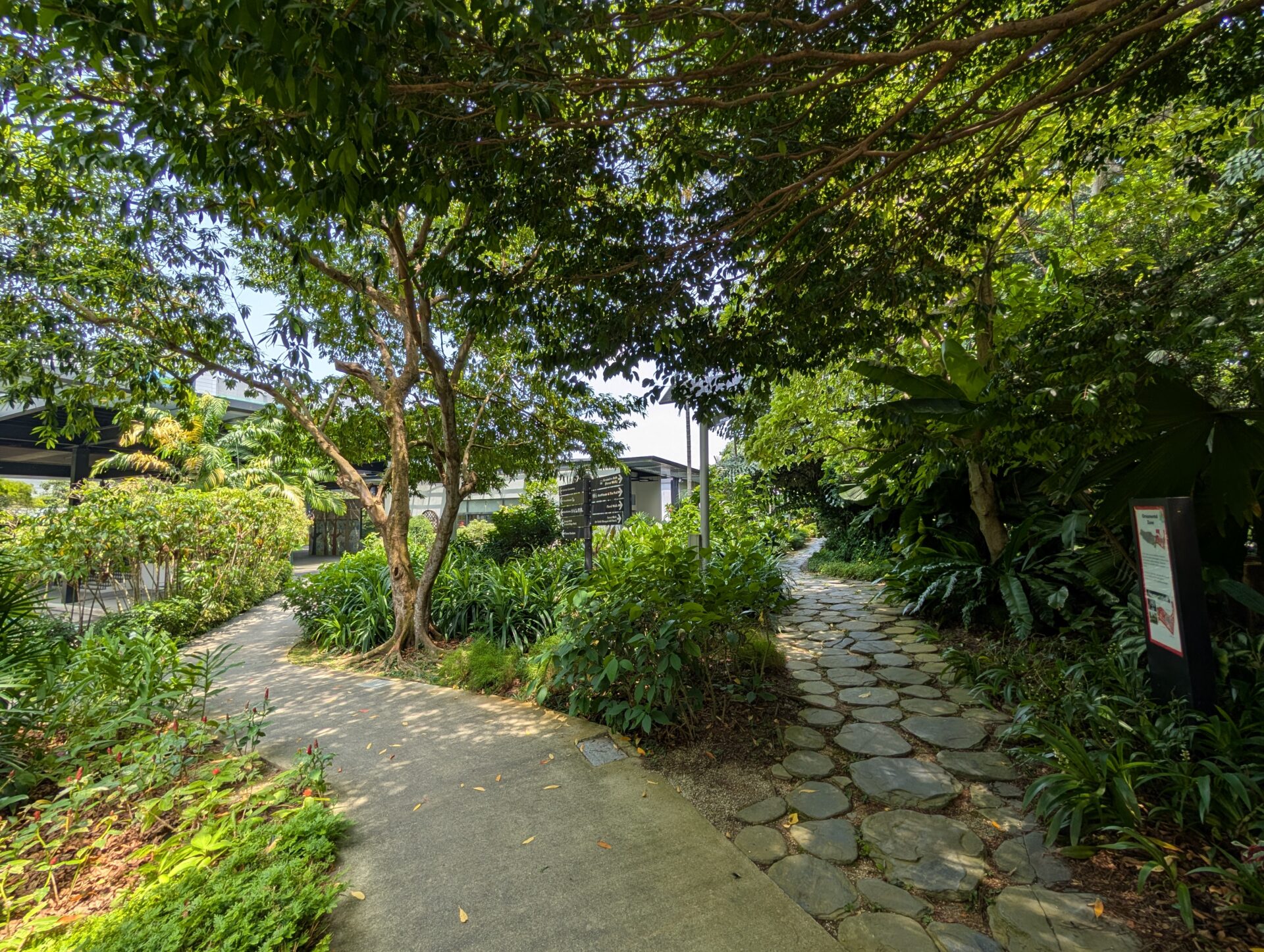
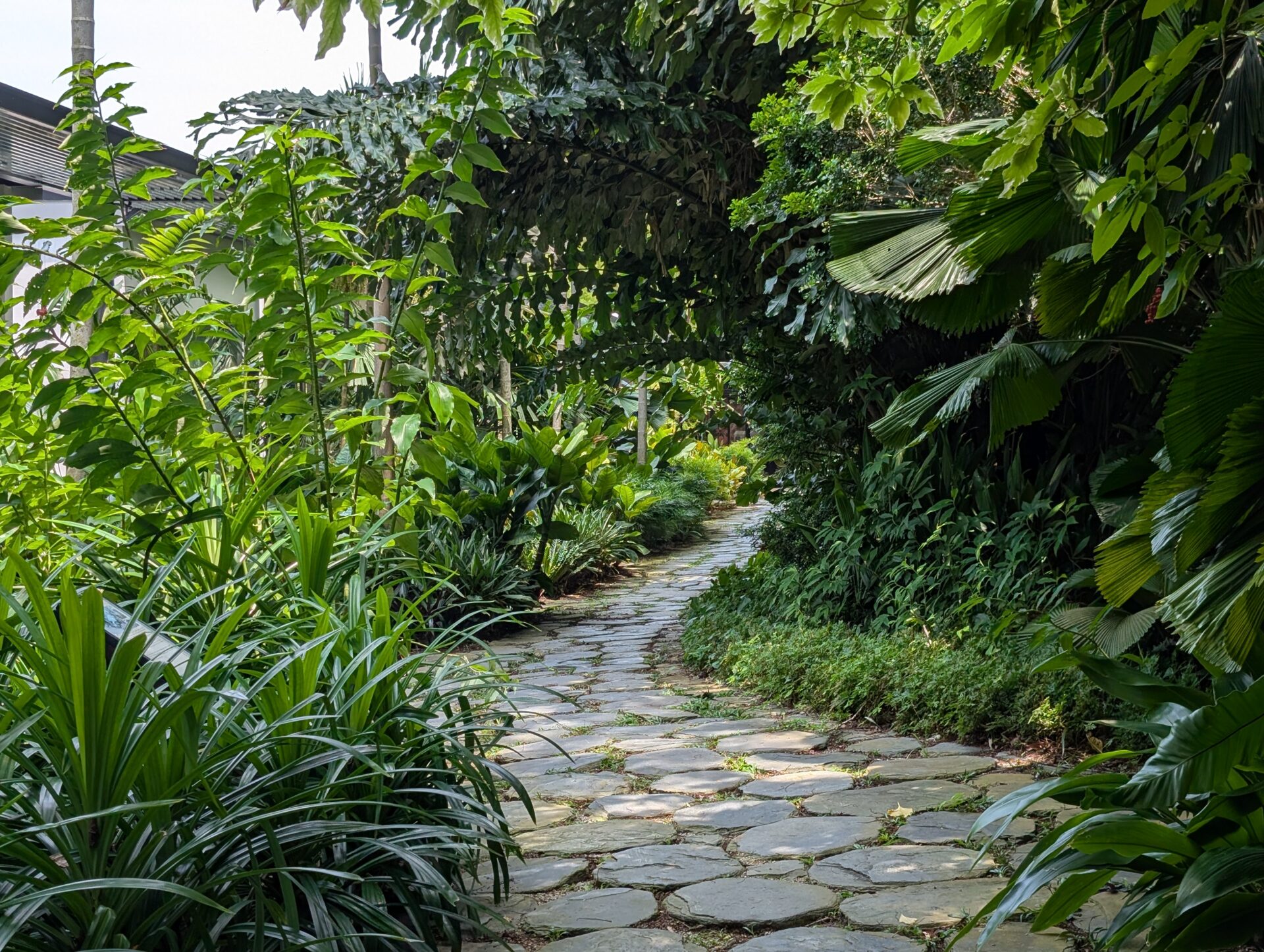
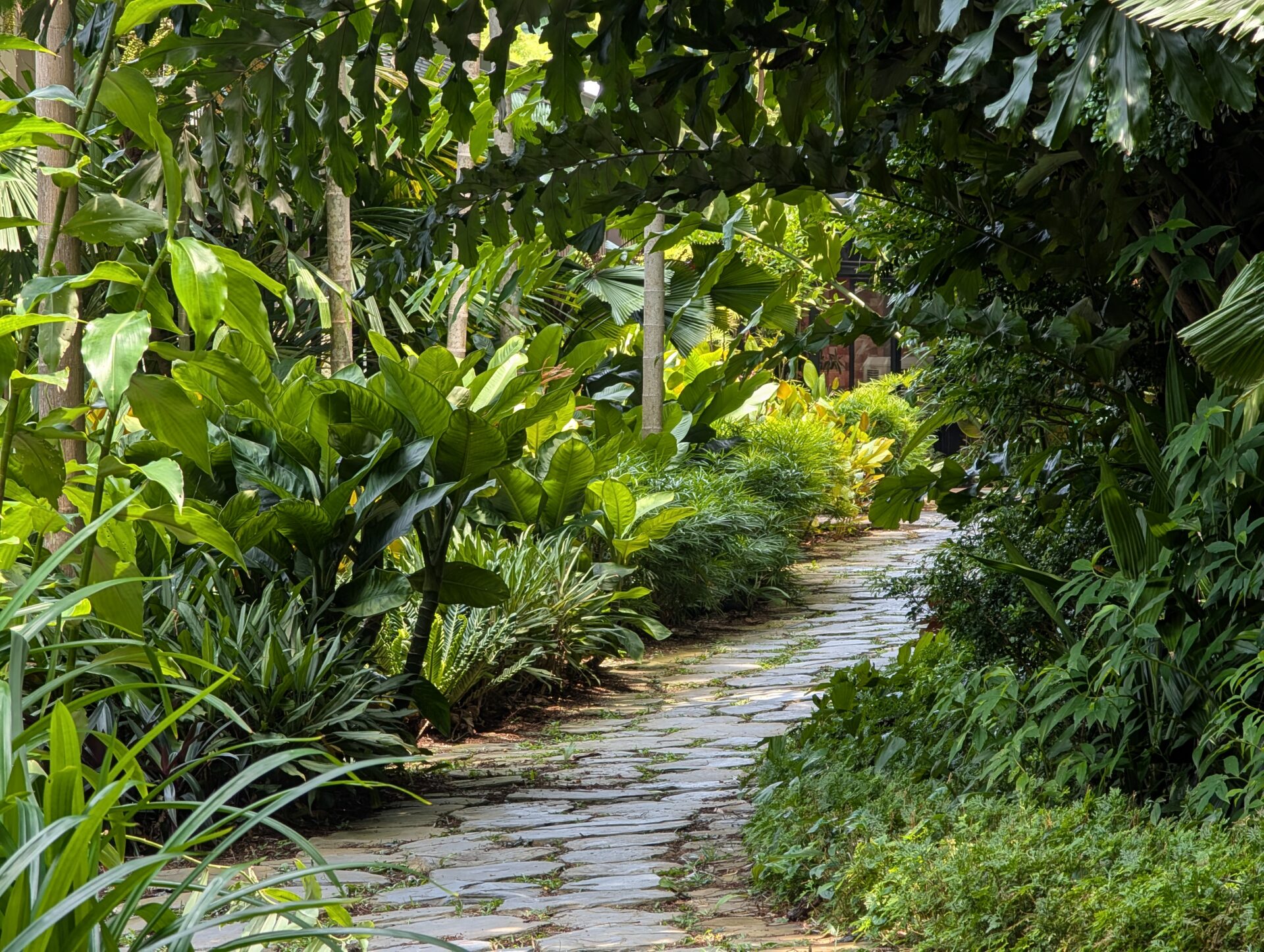
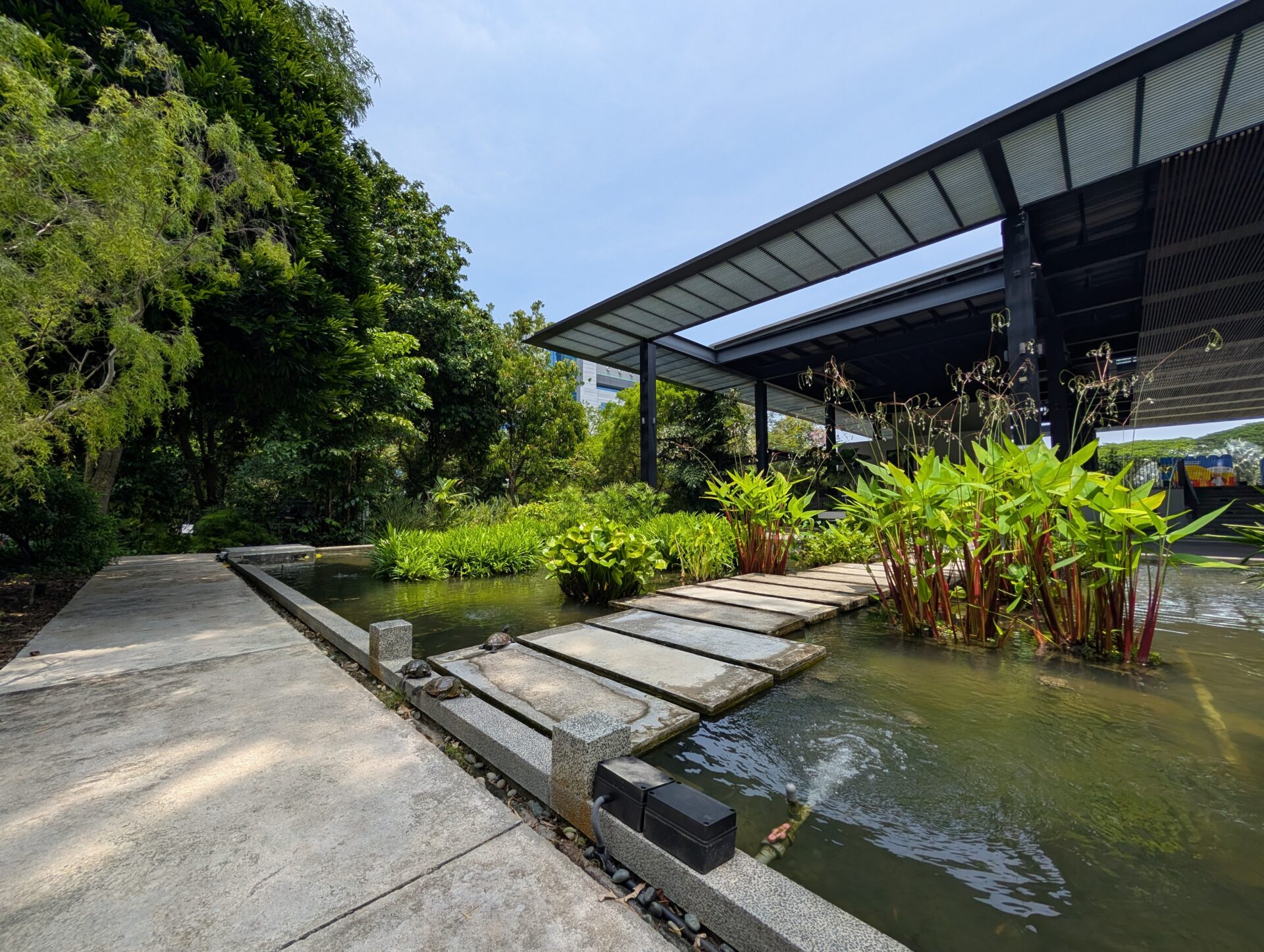
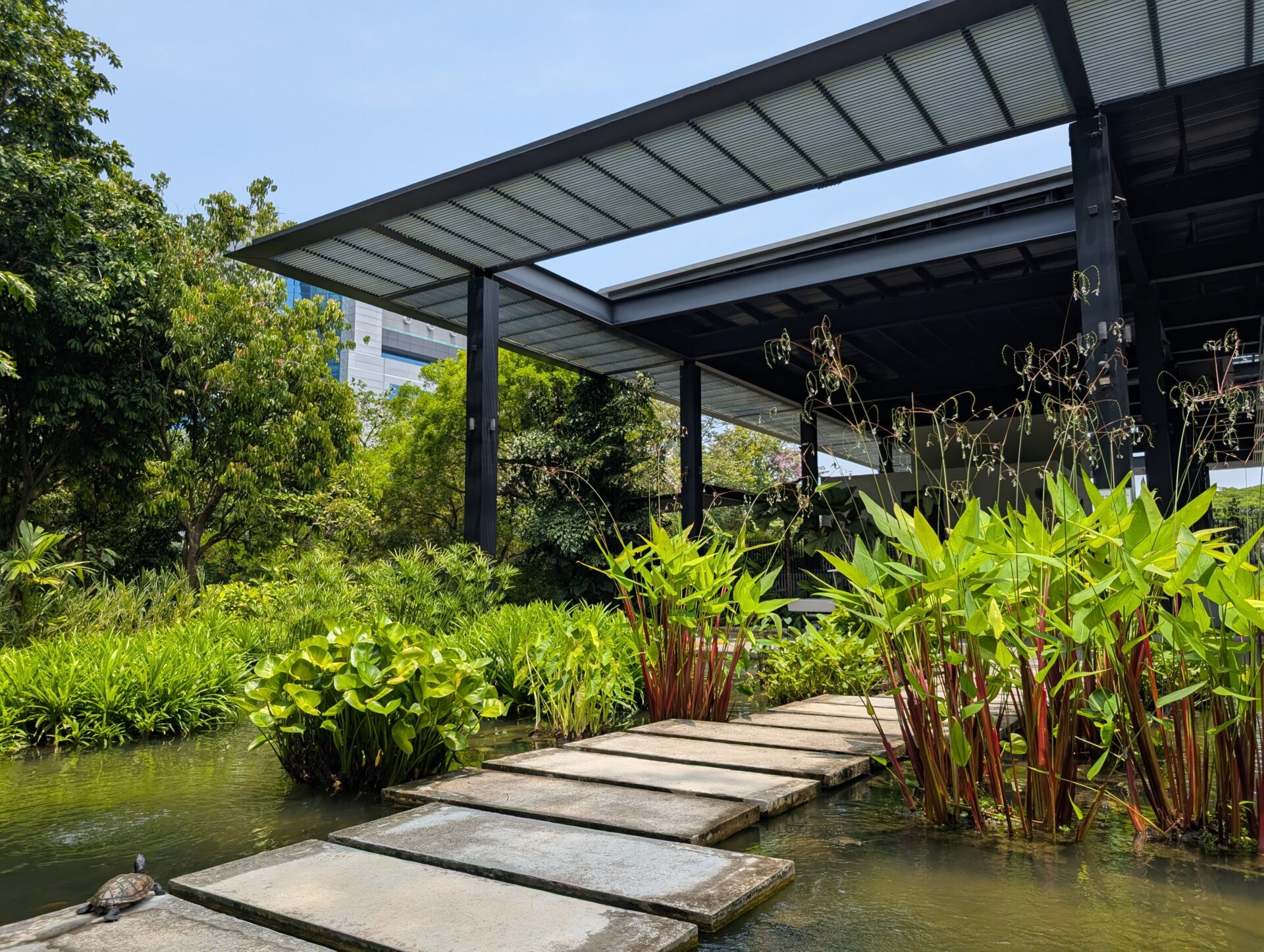

The night shots, in our tests, are better than the competition. The ultrawide camera does an above-average job in detail capture and clarity compared to typical ultrawide shooters, but has a tendency to overexpose the skies.
The wide shot is near-perfect – dark skies and bright lit areas without overexposure, no odd colour temperatures. It did a particularly good job capturing the rays from the spotlight on the Town Green lawn bouncing onto the large tree.
The telephoto shots, like daytime ones, lose some detail (for instance, examine the texture of the glass on frames on level 3 and the Education Resource Centre wording), but are still good. Just look at the light bouncing off the FRANK logo.
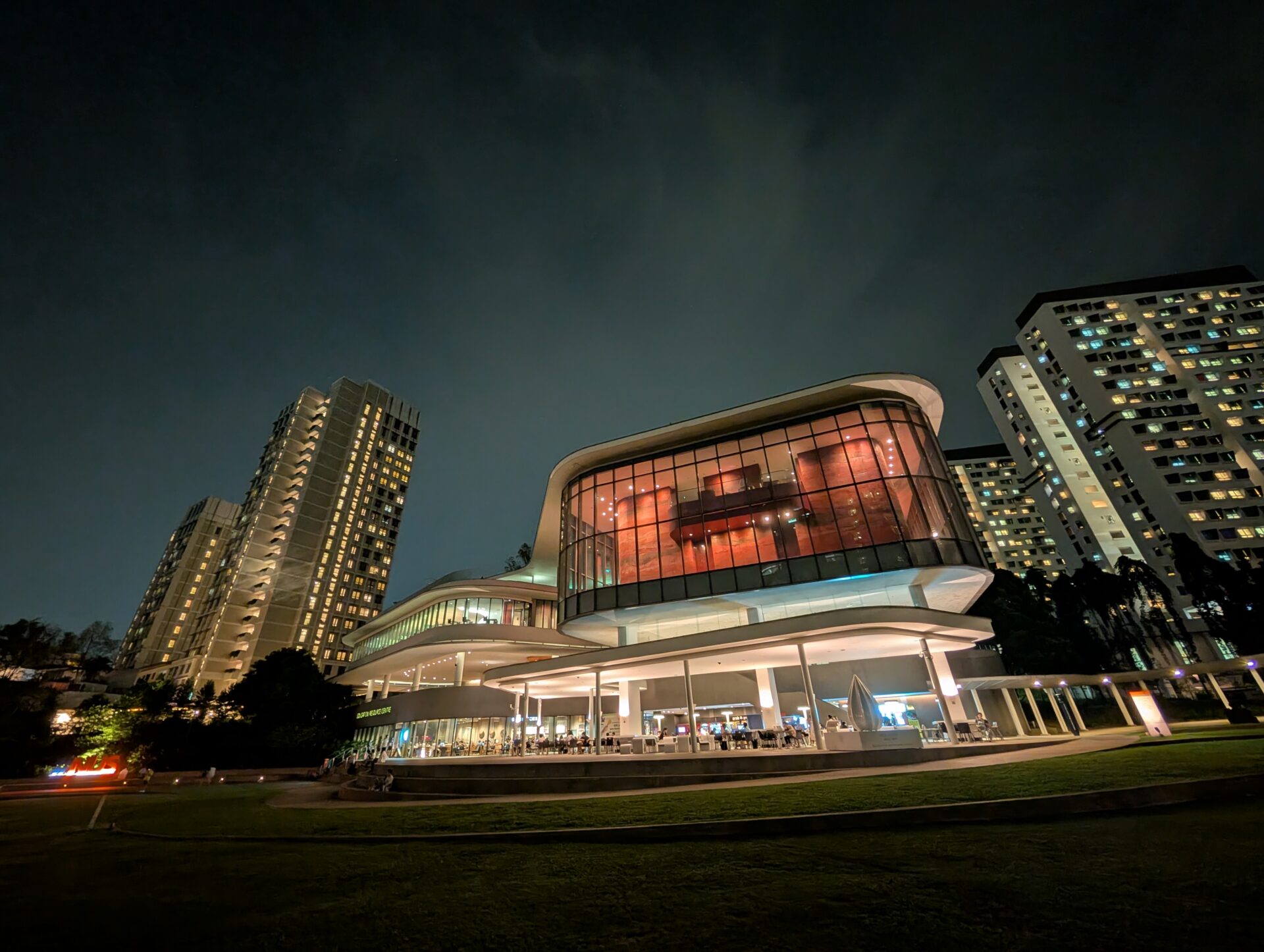
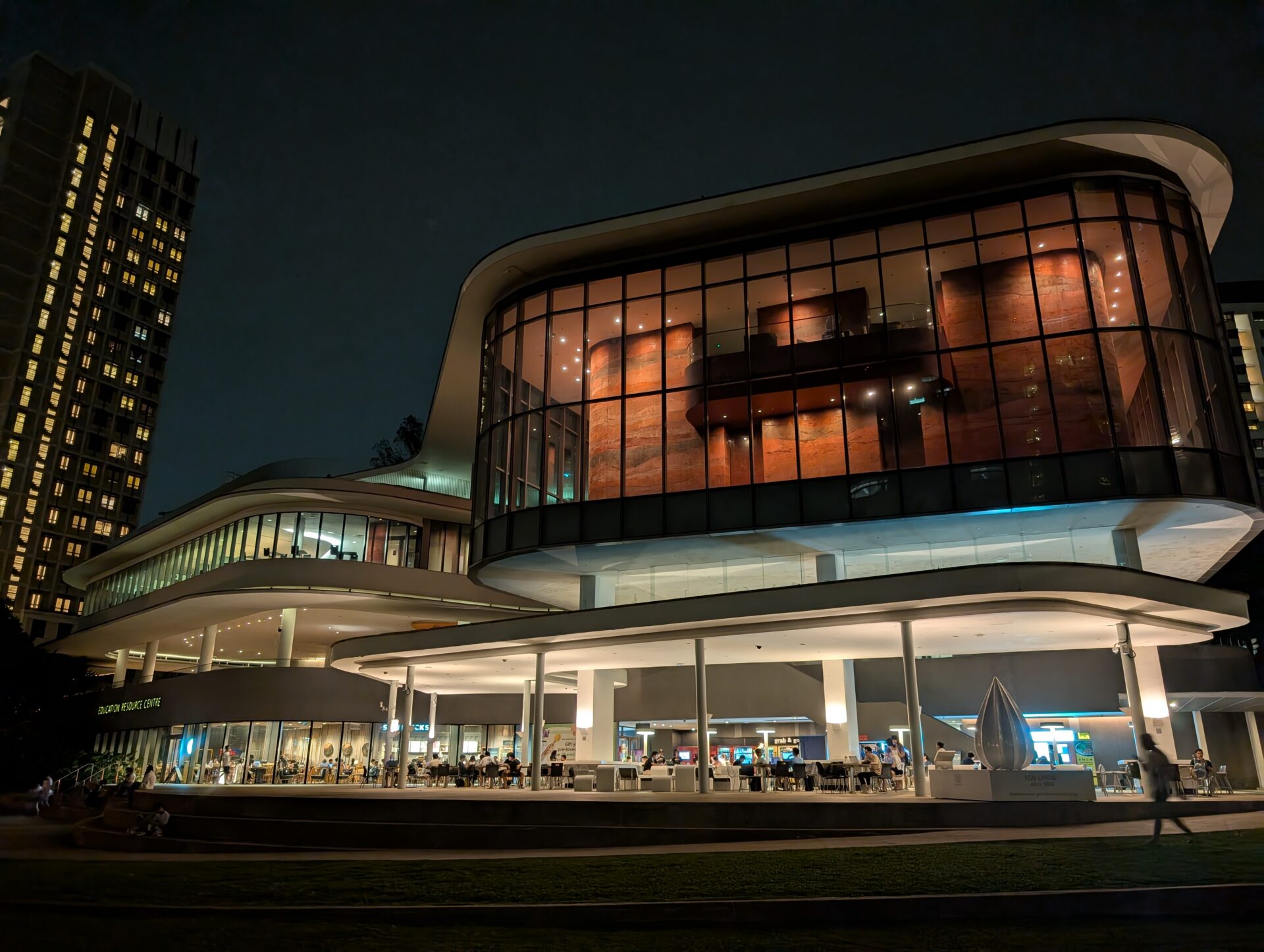
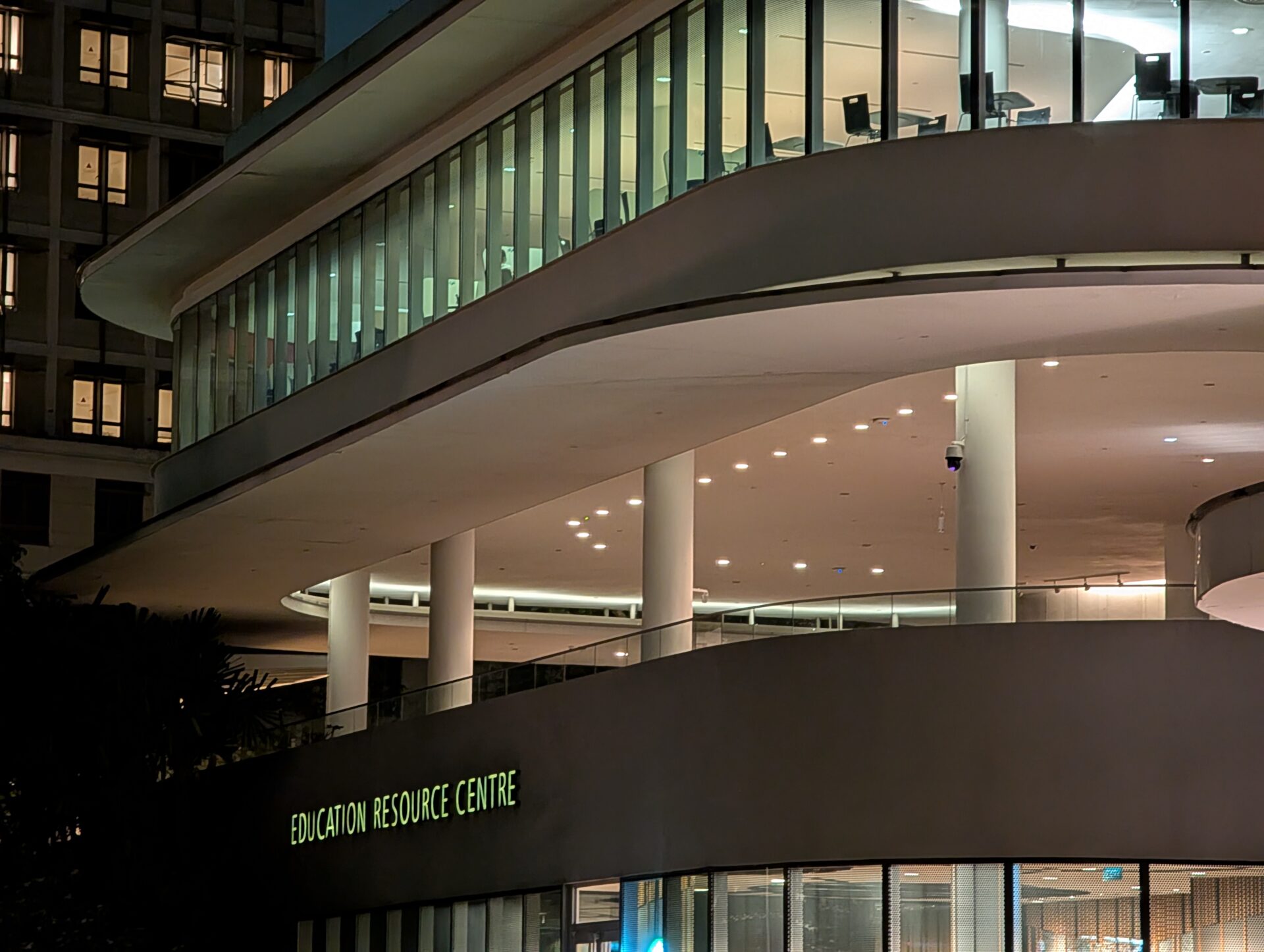
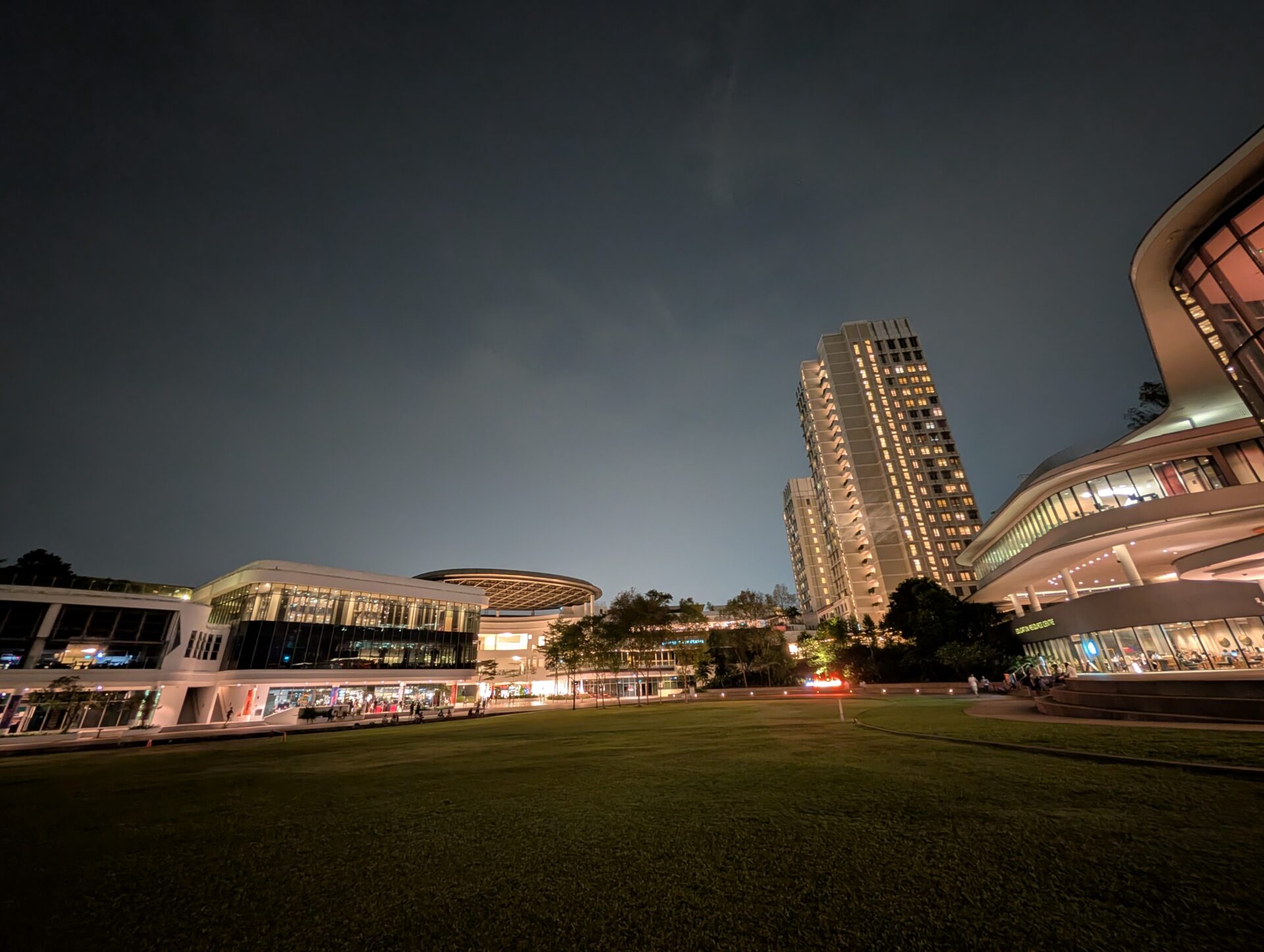
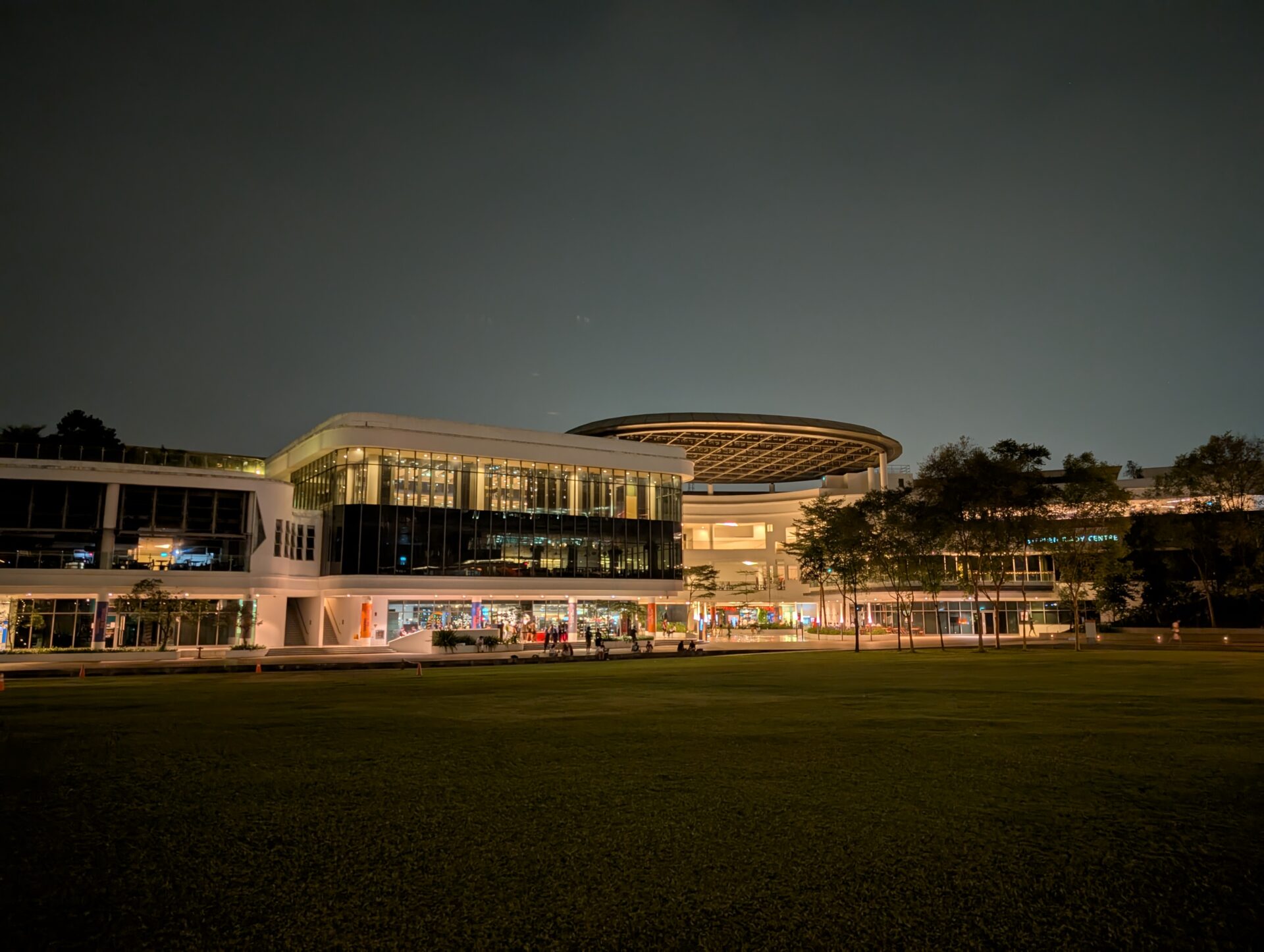
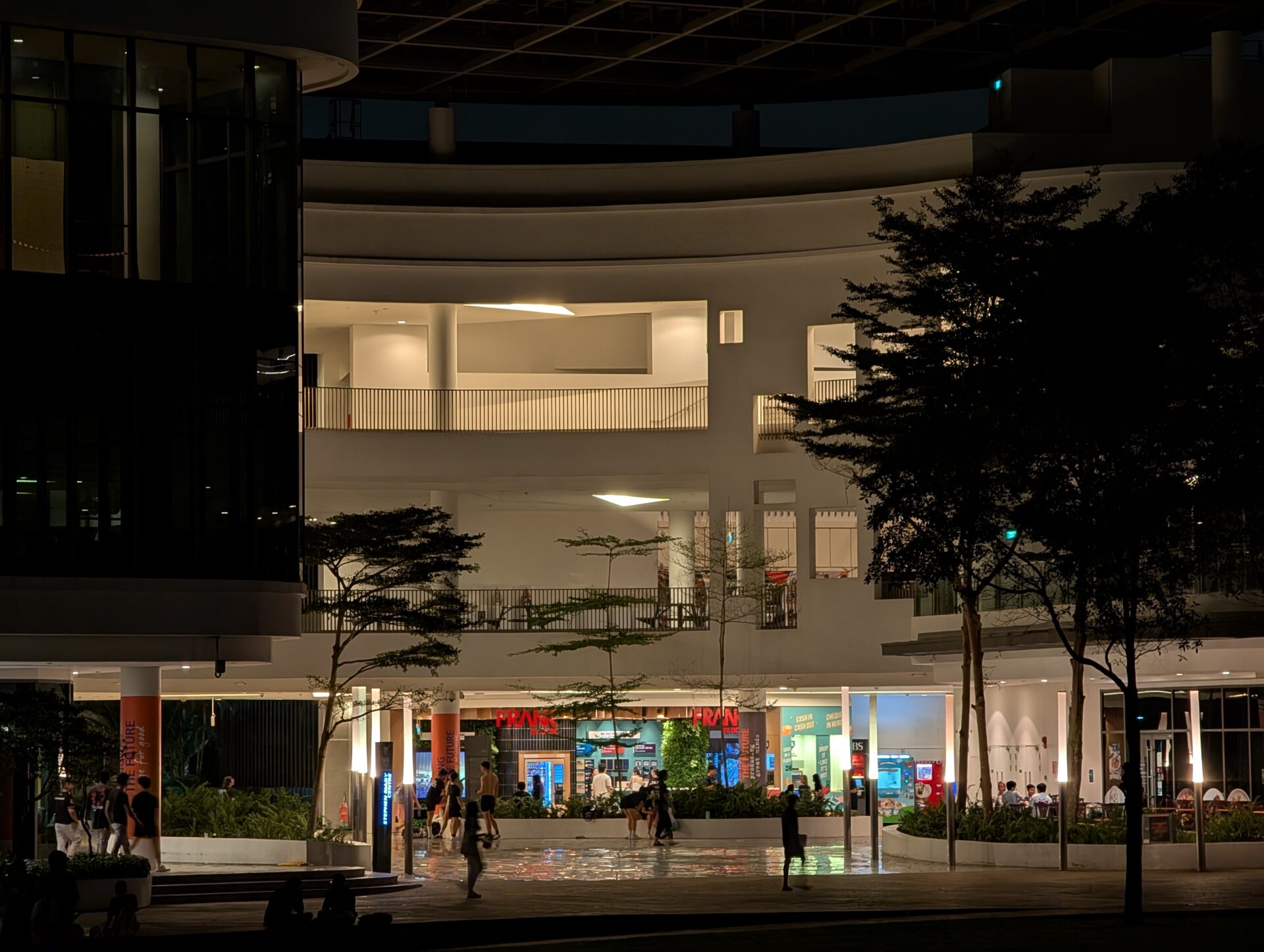
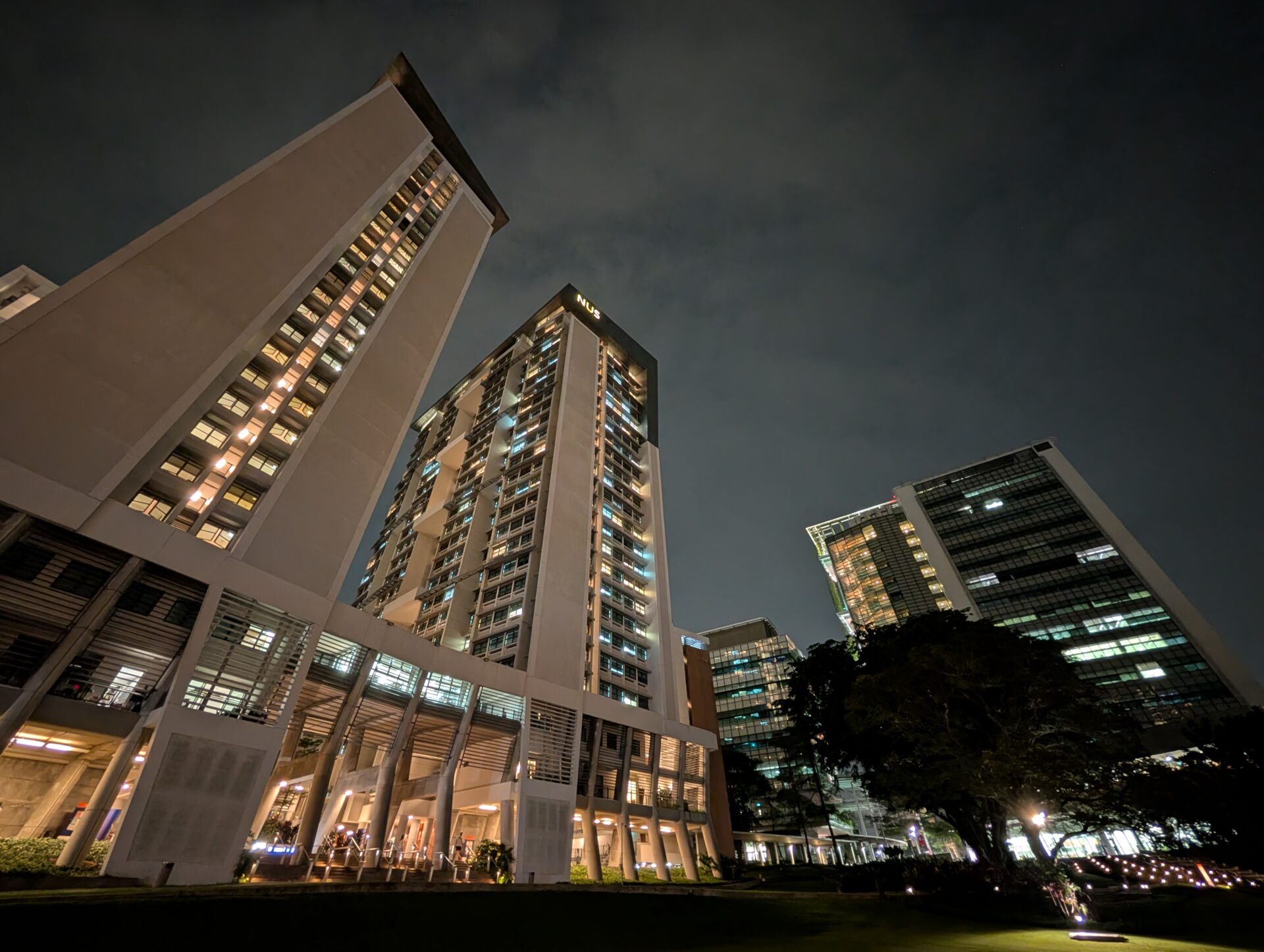
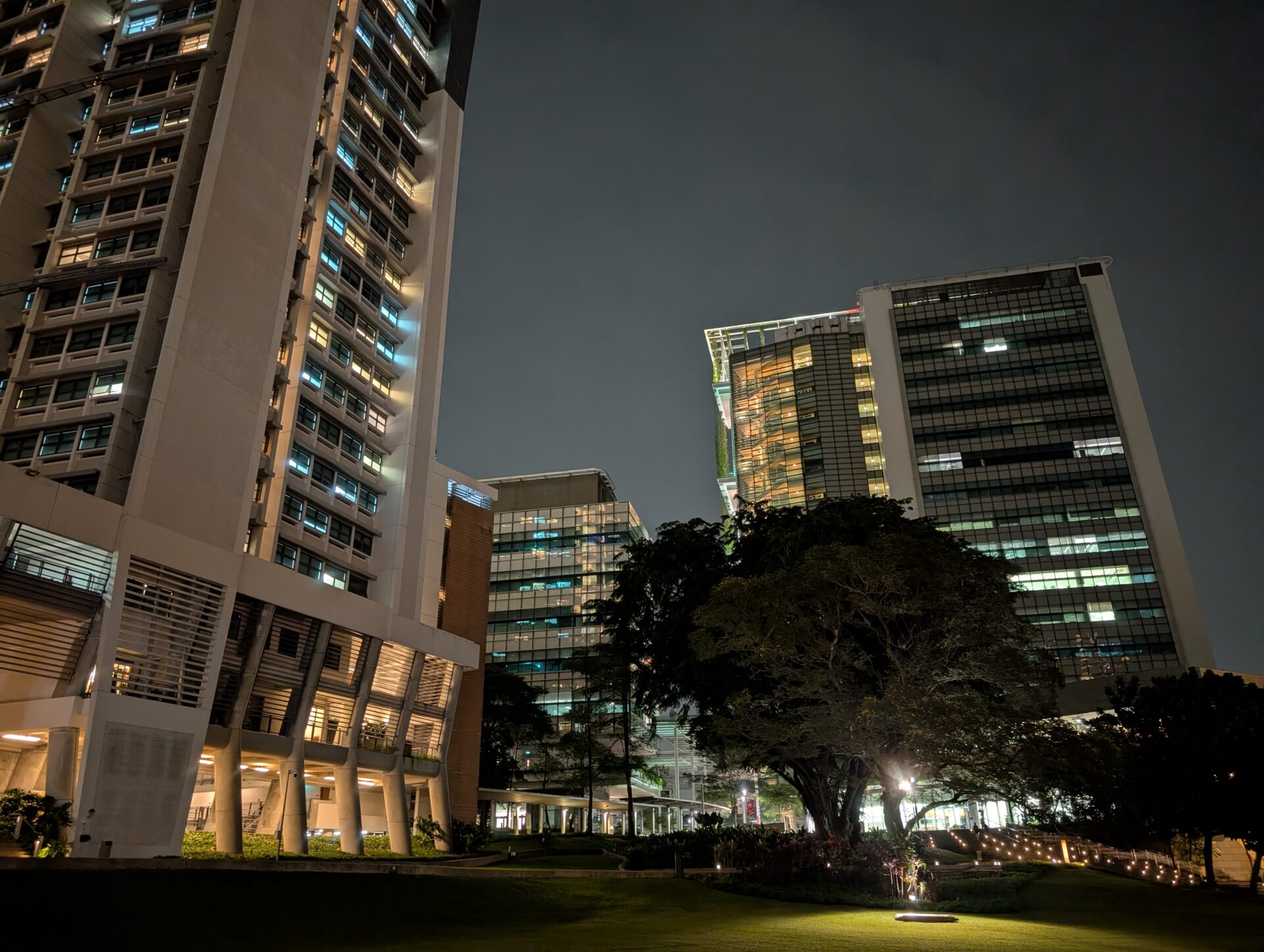
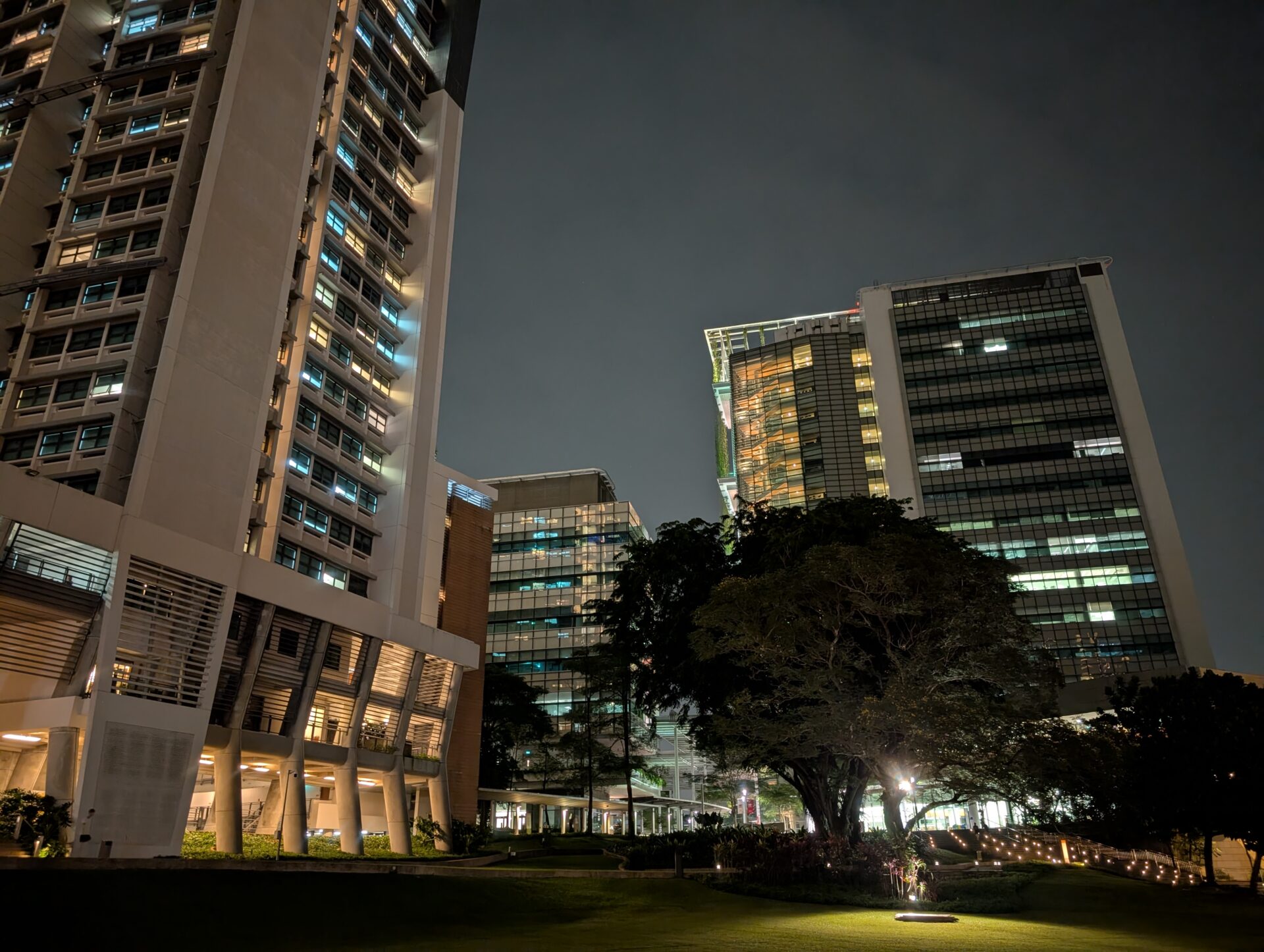
I also did a 10x crop of the telephoto shot on the Stephen Riady Centre to see how the Pixel compared to a Samsung Galaxy S24 Ultra, and found the result pretty comparable.
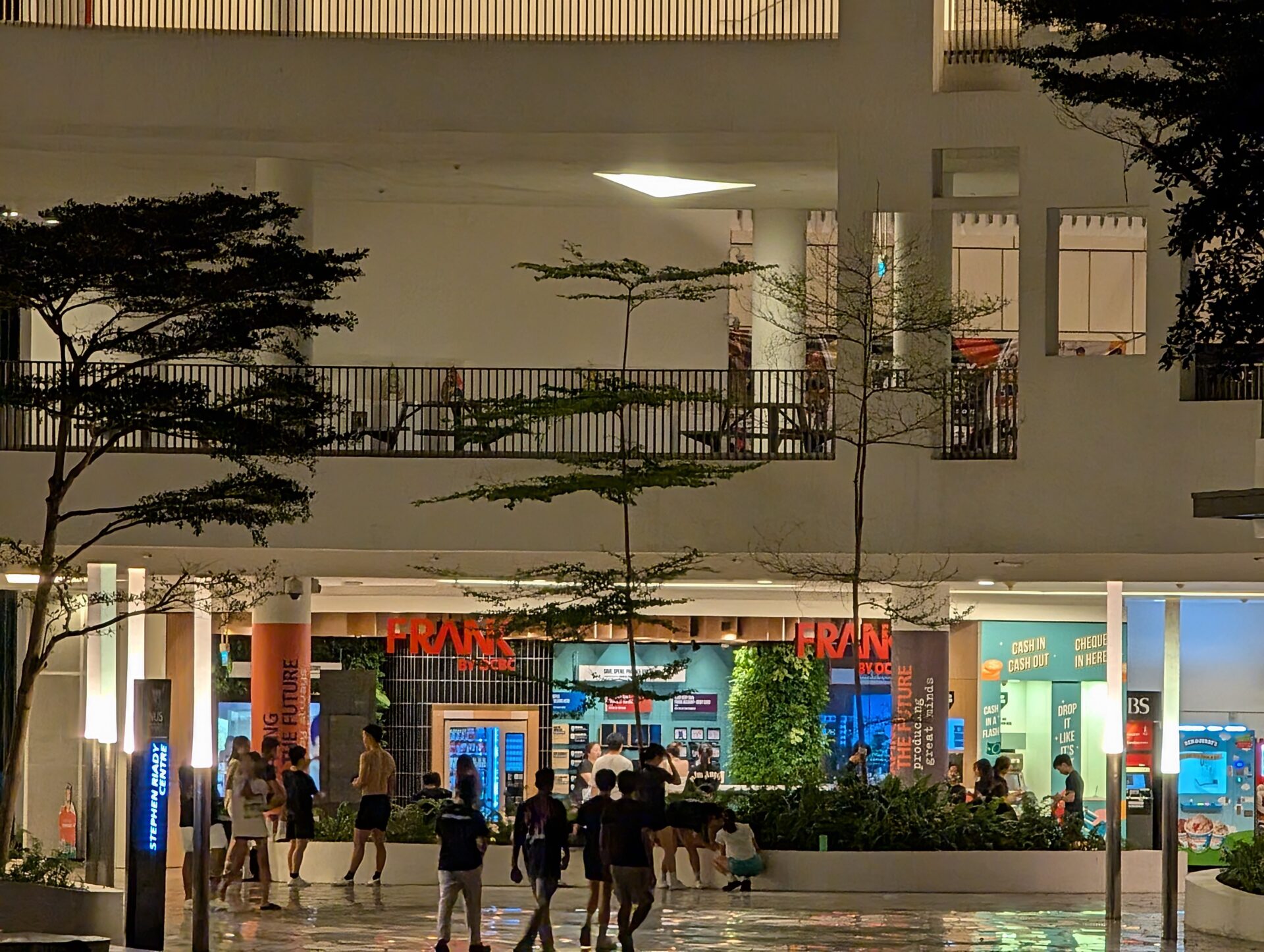
The Pixel 9 Pro XL captured the colour and texture of the wall beautifully, especially at the 2x crop of the wide shot, as well as at 5x telephoto. Appreciably better among the attempts by the phones we have tested thus far.
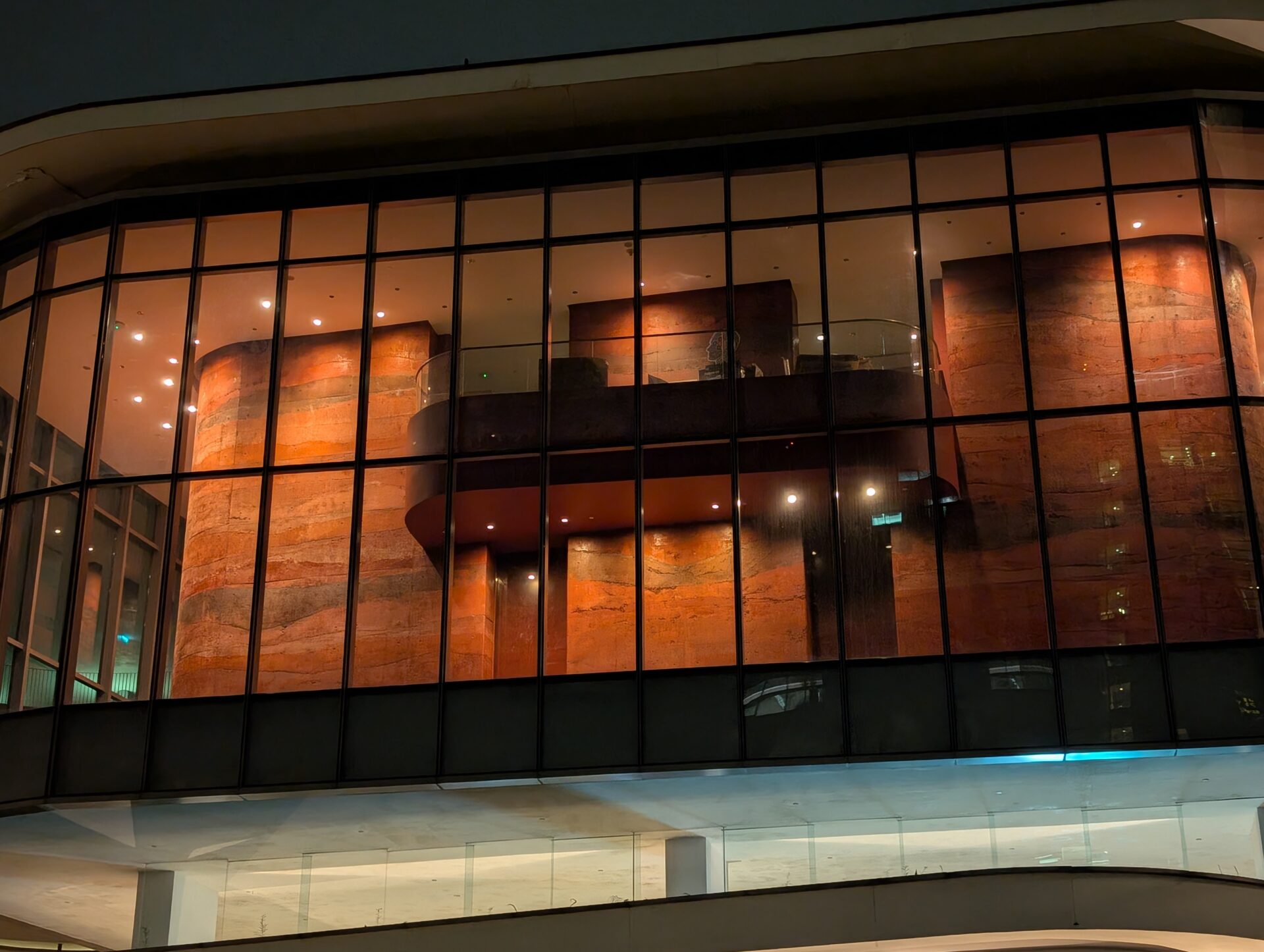
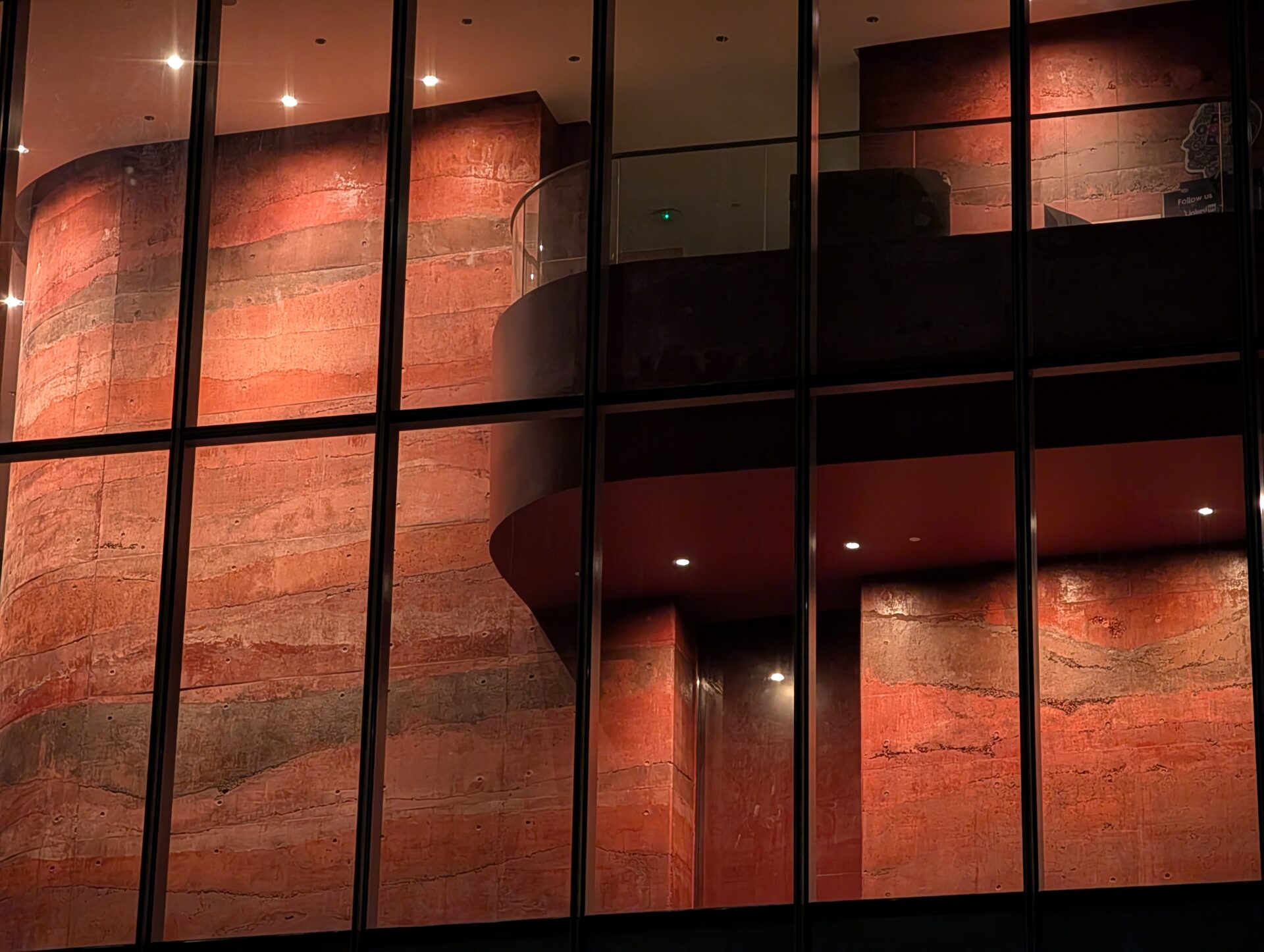
The standout photo feature, for me, is Add Me. The camera guides the first photographer to take the first picture and leave space for himself or herself in the shot. Thereafter, another photographer works with the superimposition of people in the earlier shot to insert the first photographer into the image.
The camera algorithms worked well to guide the photographers and stitch the output together without awkward brightness differences or chopped off edges. I can see the Pixel becoming the go-to camera for group shots.
The only blight is that the feature worked only for shots with people, and not items, in my tests.
I also tried the Action Pan feature. Take a picture, and AI identifies the “moving” object and creates a dynamic blur around it. It does not look super real, but is fun, good-quality photo art.
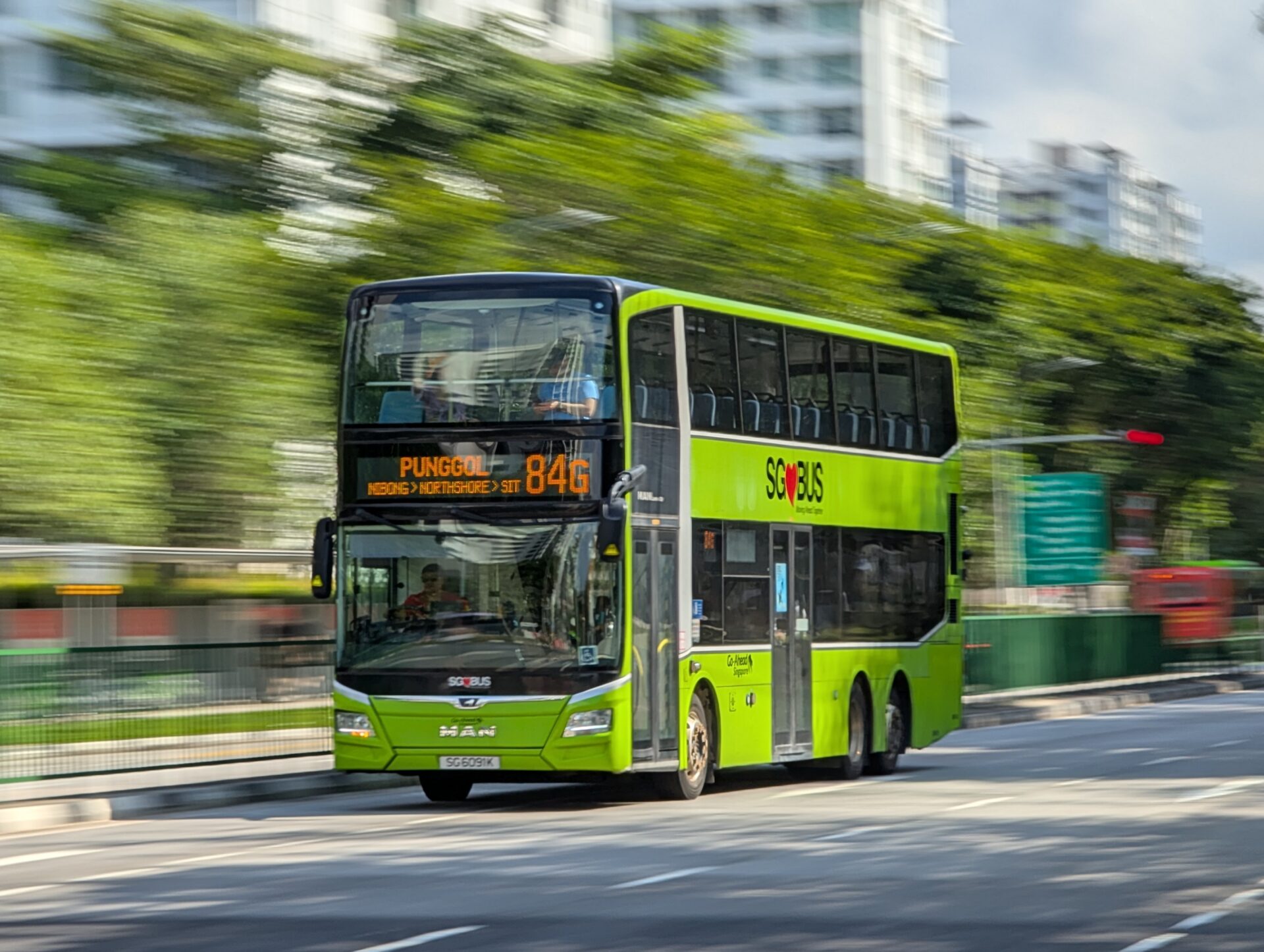
Another feature – Long Exposure – snaps multiple images and tries to imitate long exposure time. This is good for night cityscapes, or water features. Again, I consider this good-quality photo art.
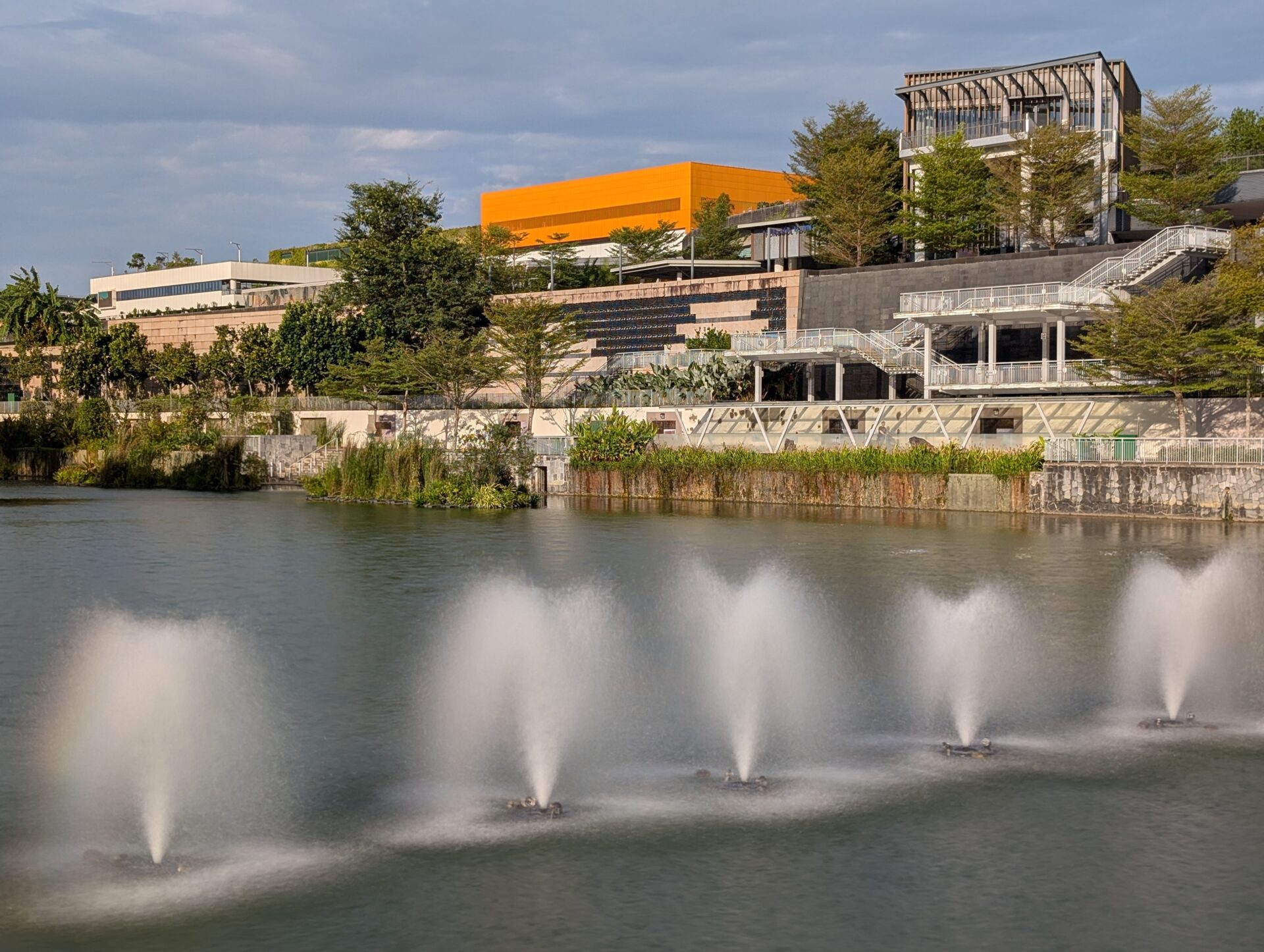
Conclusion
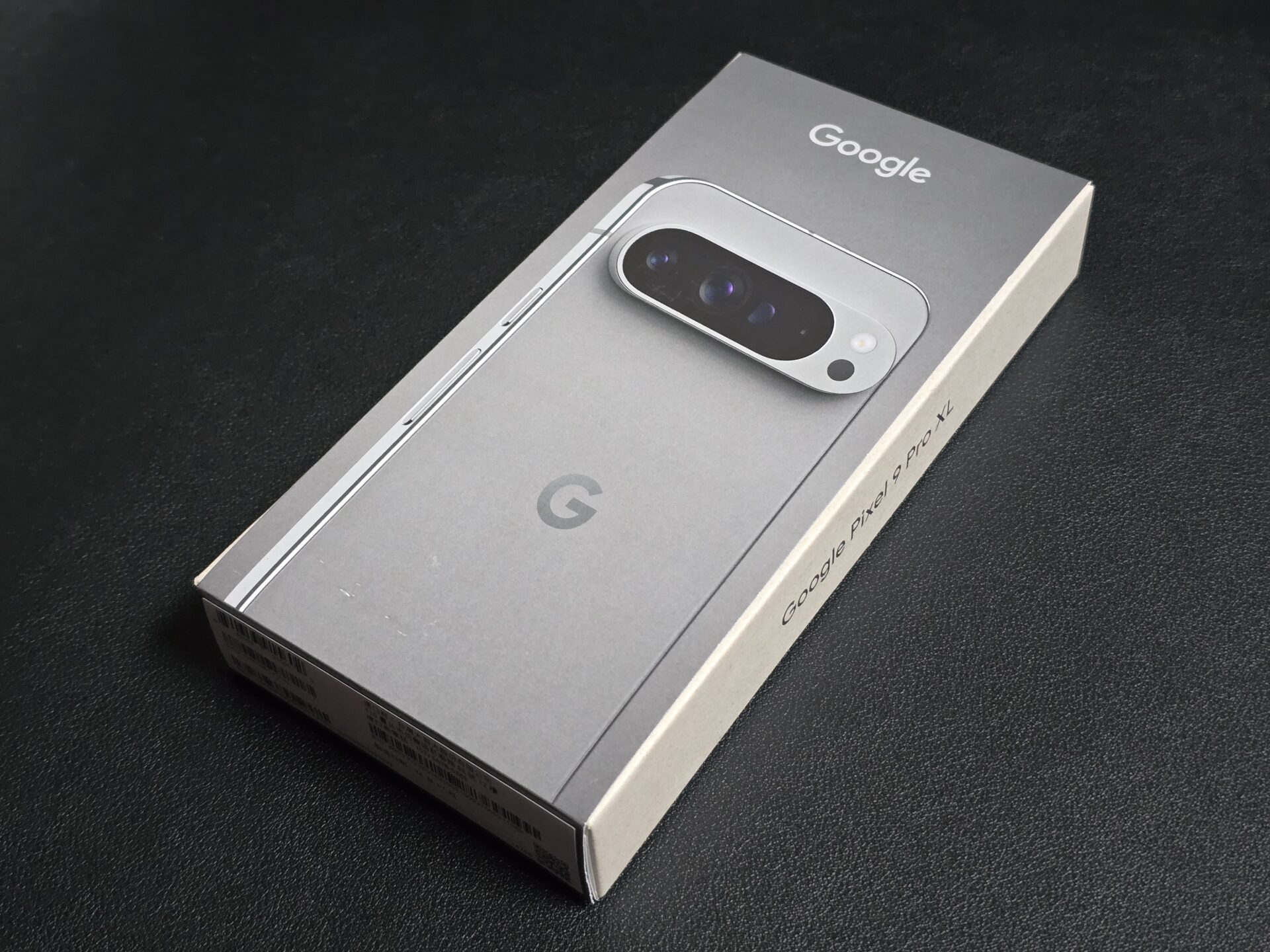
Google pulled some small surprises this year by adding a smaller Pro device and a foldable, but the Pixel 9 Pro XL phablet we just had a look at is a refinement over what came last year.
The good news is the refinements are positive. A great photo tool in Add Me, an AI screenshot app with potential, improved battery life, and a brighter display. The Google photography colour science is, in my view, superior to competitors as well.
I much prefer matt side rails than mirror finishes, but I am nearly sure every user will slap a case on the Pixel 9 Pro XL, if only to protect it. Notably, the changes to the ultrawide camera are also incremental but that’s not a big complaint.
To be sure, these are not dealbreakers. Power users on the lookout for a worthy companion and do not mind paying will be happy with the Pixel 9 Pro XL.
